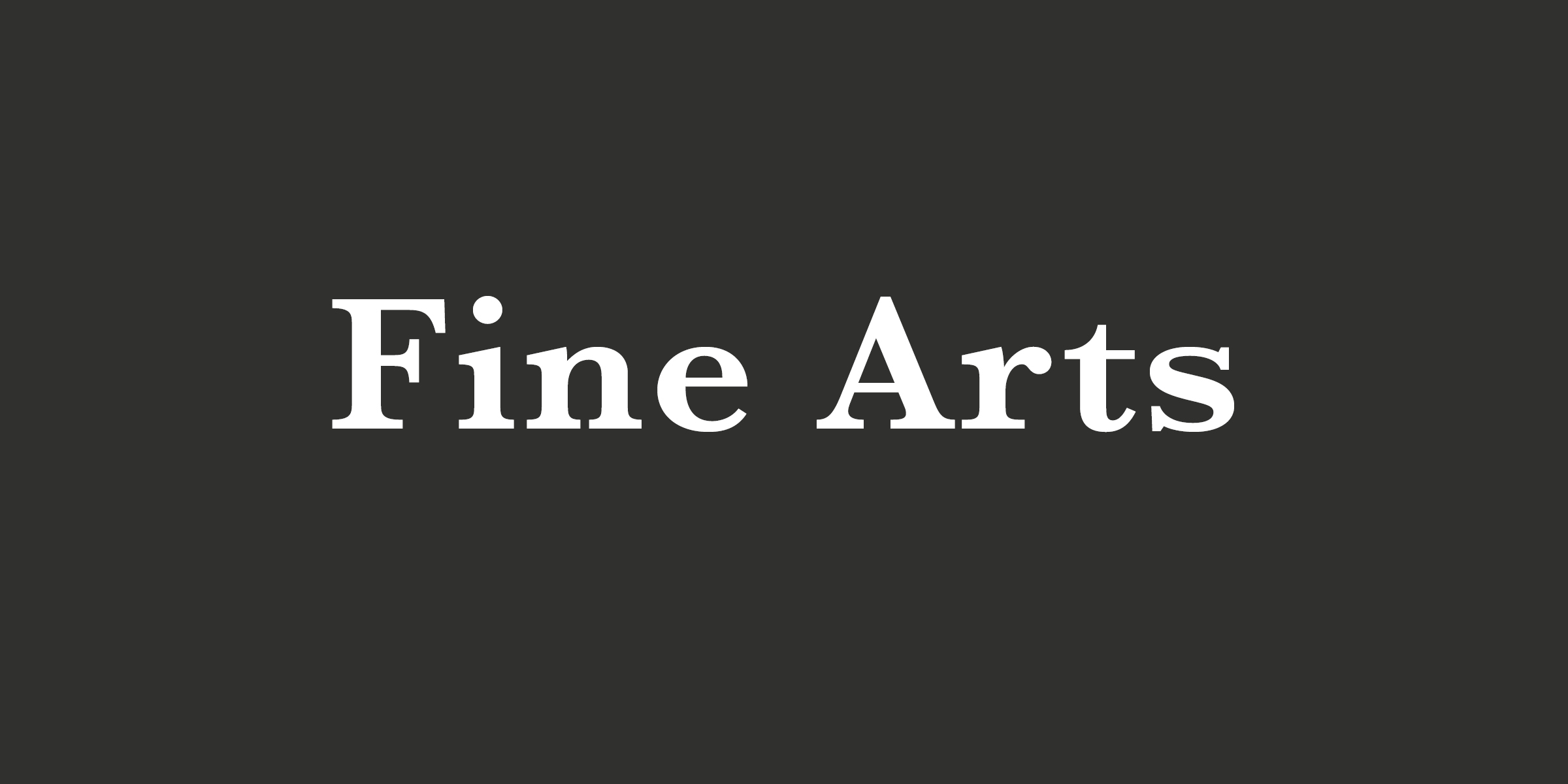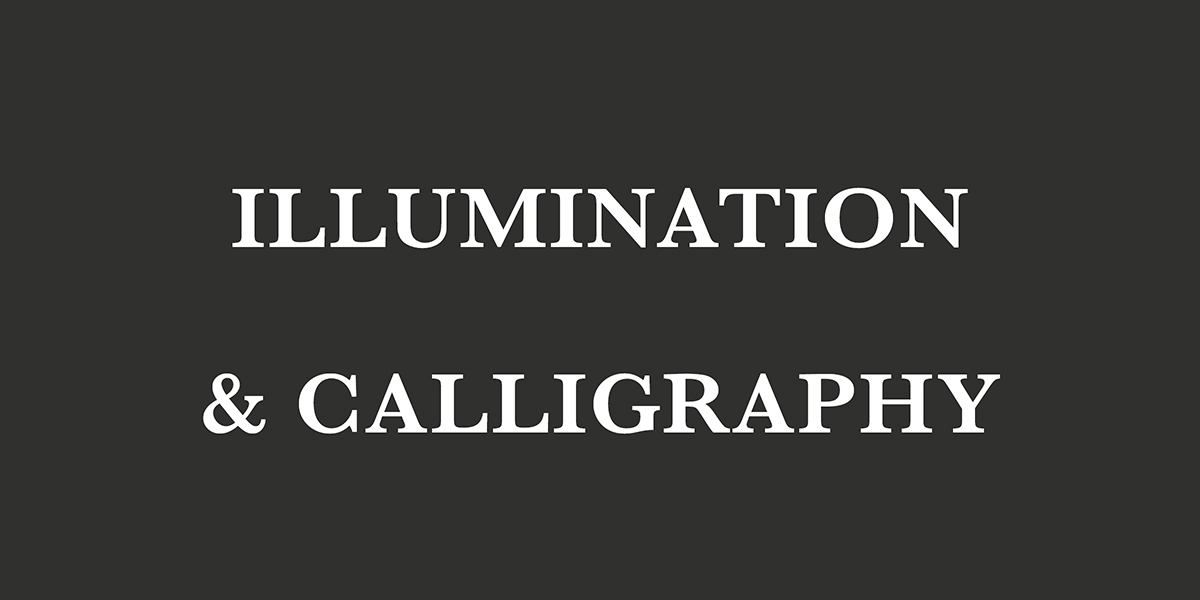
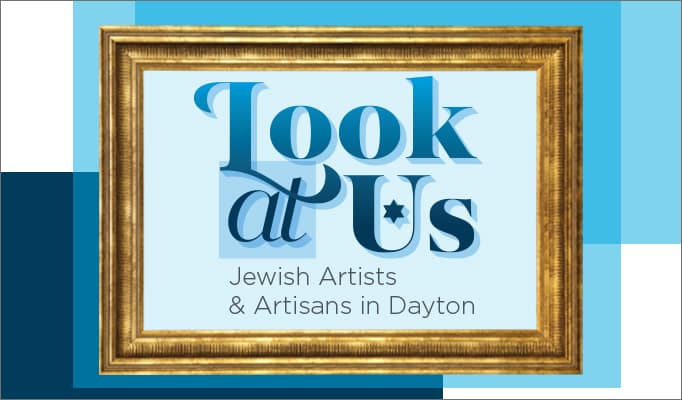
Funding provided by an Innovation Grant of the Jewish Federation of Greater Dayton, in partnership with the Jewish Community Center of Greater Dayton, Beth Abraham Synagogue, Beth Jacob Congregation, Temple Beth Or, Temple Israel and the Dayton Art Institute.
Look At Us Committee: Ruth Schumacher & Wendy Gray (Co-Chairs), Stacy Emoff (JCC Program Coordinator), Mark Gruenberg, Noah Gruenberg, Helen Halcomb, Scott Liberman, and Linda Novak.
We are proud to showcase artwork from some of our amazing Jewish community members. Click on the buttons to quickly view that specific medium, or scroll to see all of them.
Special thank you to Peter Wine for assisting with photographs of some of the artwork pictured below.
Fine Arts

Brian Appel (of Blessed Memory)
Brian inherited his artistic talent from his grandfather, Max May. He painted canvases every day of his adult life. He took some art classes, but mostly his talent was natural and part of who he was.
To read Brian’s full bio, please click here.

Burst of Flowers
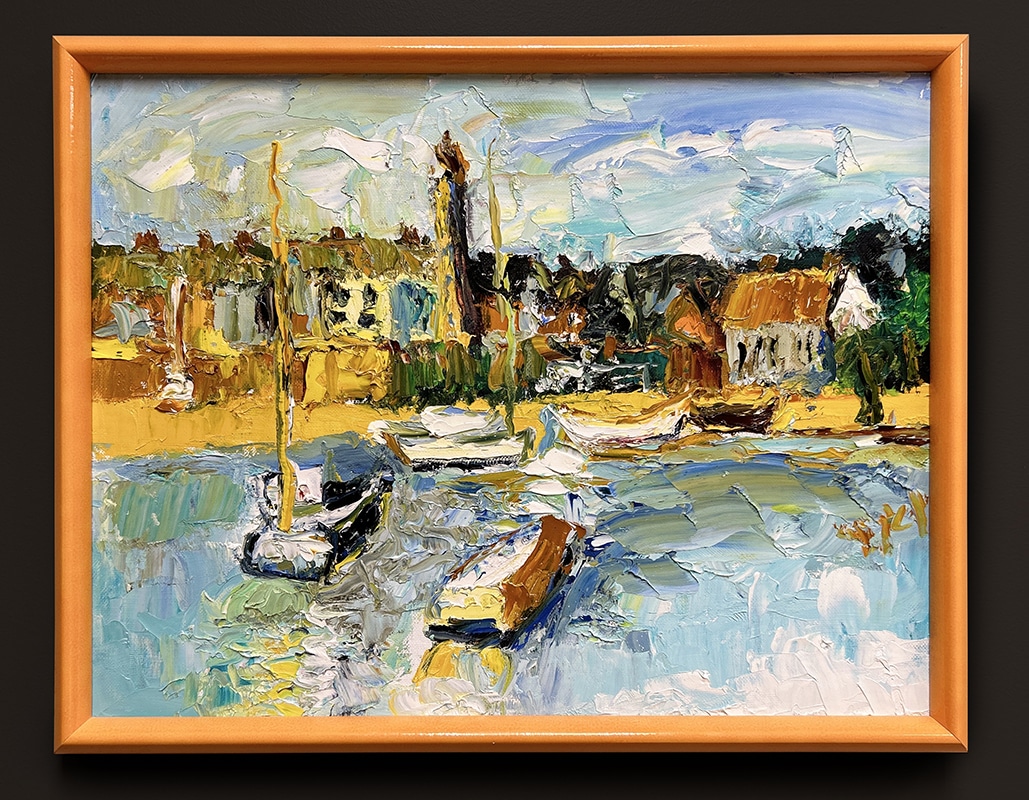
By the Sea
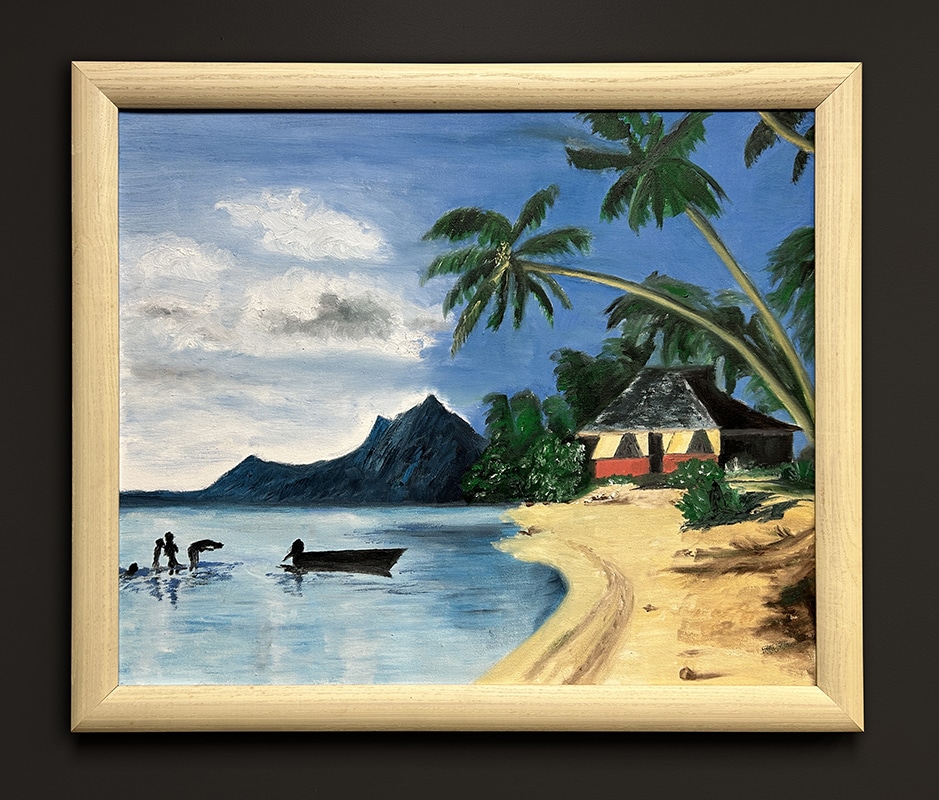
Island Life
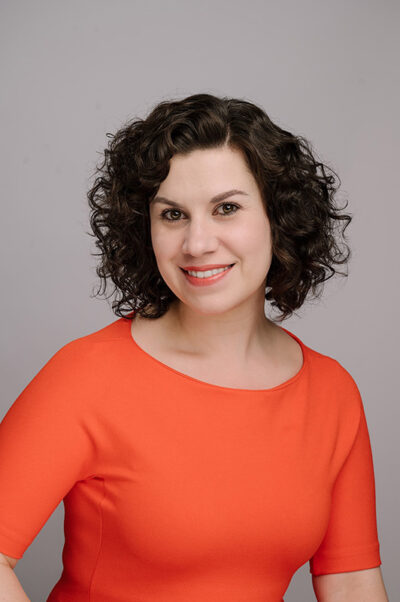
Hannah Kasper Levinson
In my paintings of interiors I explore personal identity, both lived and imagined. I incorporate objects that explore memory and family history, referencing the interiors of my childhood and the Lower East Side tenements of my ancestry.
To read Hannah’s full bio, please click here.
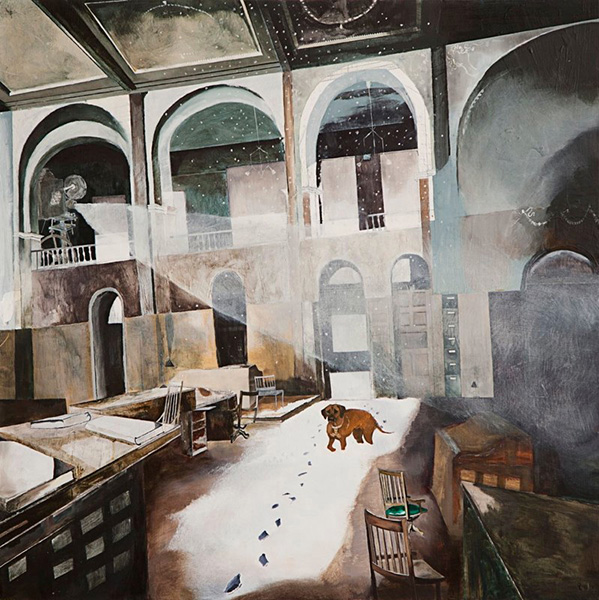
The Search Continues
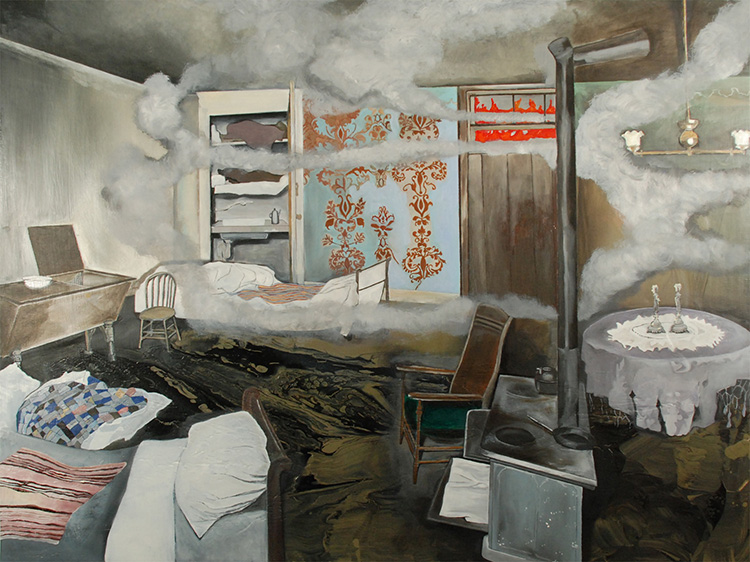
Escape on Avenue B
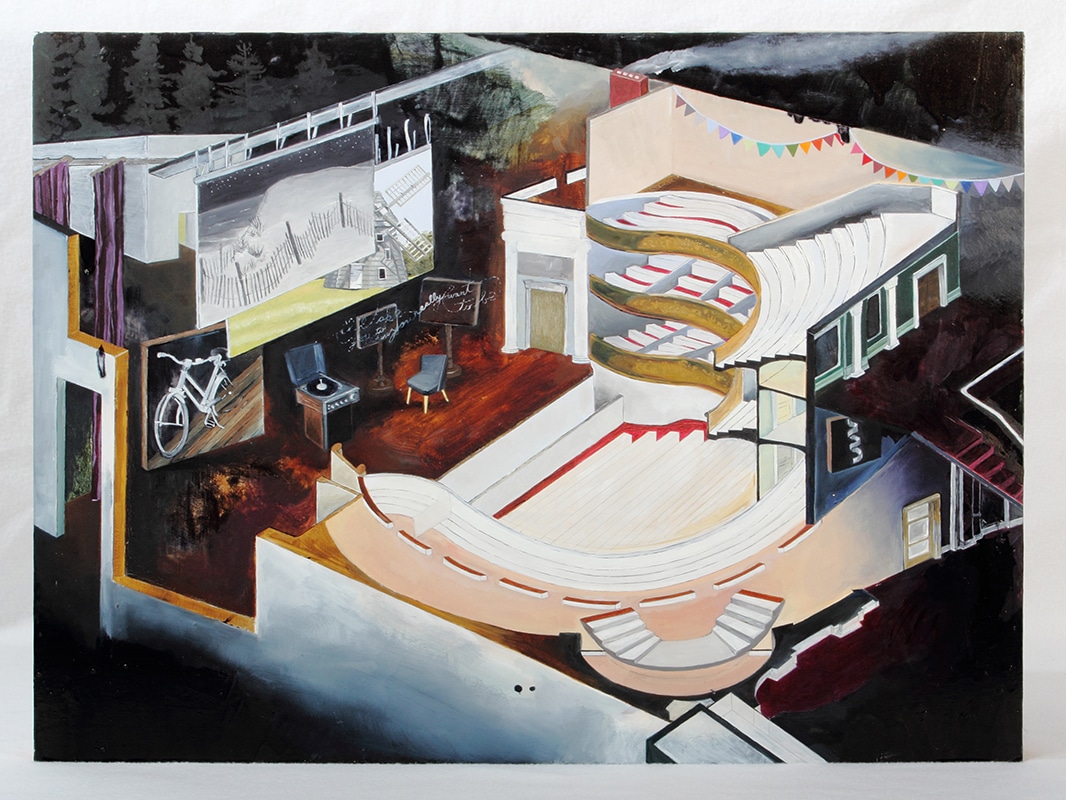
She is You
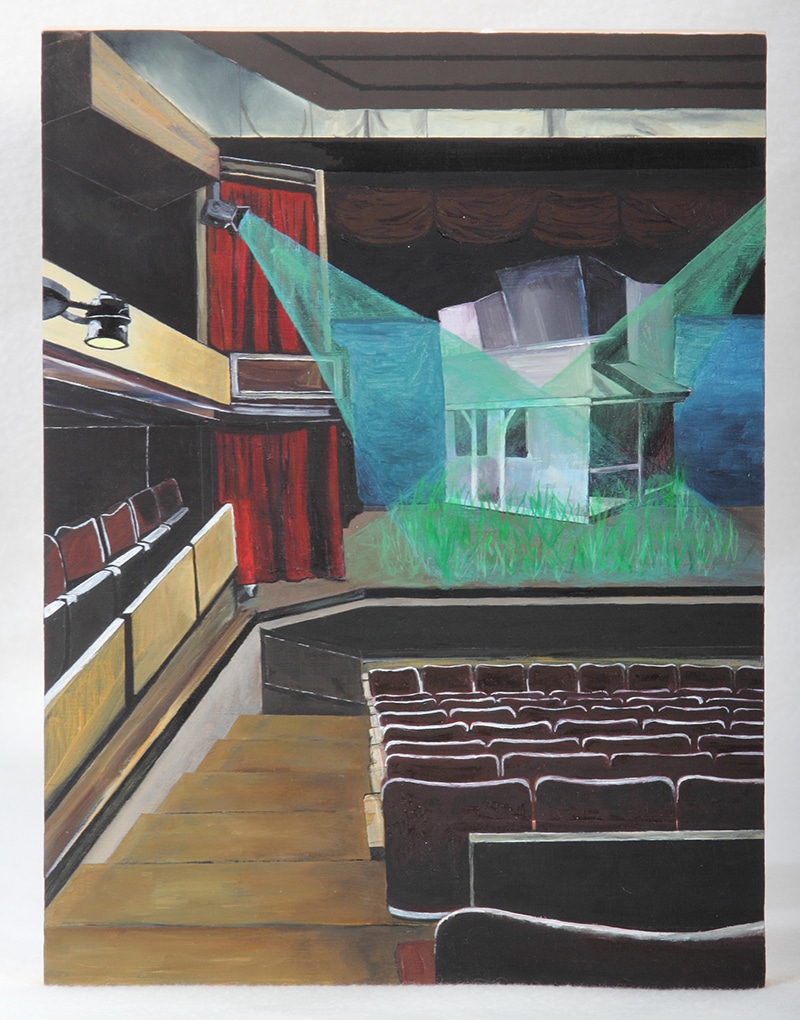
Go Between (The House we would have Built)
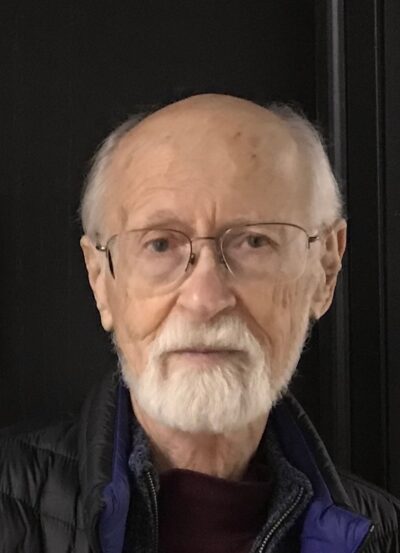
Ray Must (of Blessed Memory)
“First, I’d like to say I am a Jew who is an artist not a ‘Jewish Artist.’ My work is directed to wider audiences and the Jewish themes I find just naturally emerge or are not always on a conscious level.”
To read Ray’s full bio, please click here.
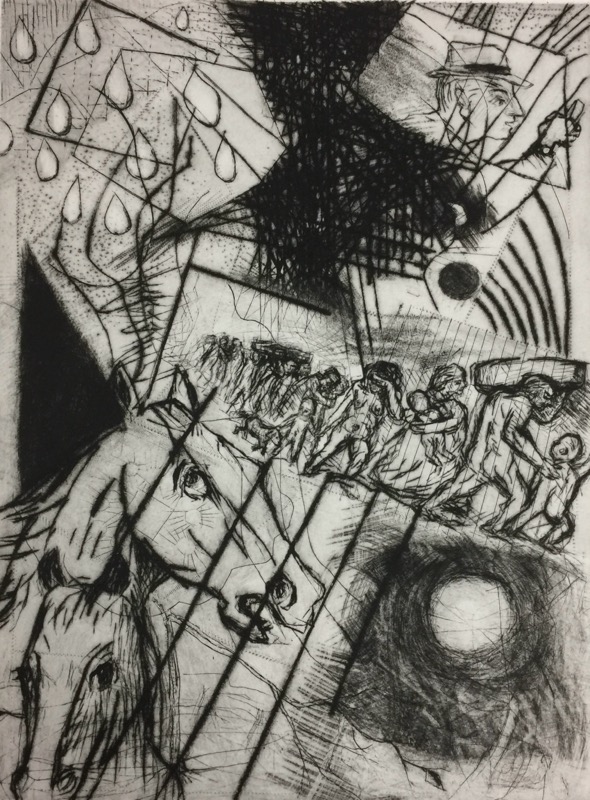
Storm (Signs and Omens)
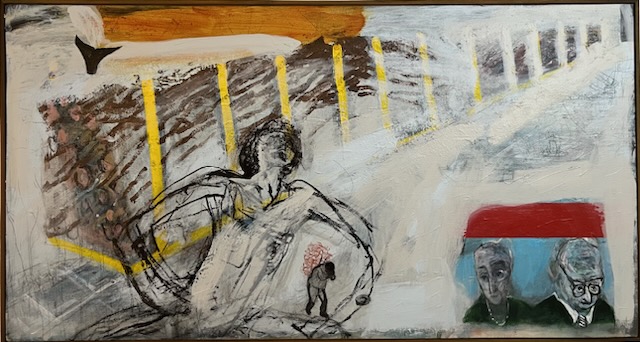
Winter Memory
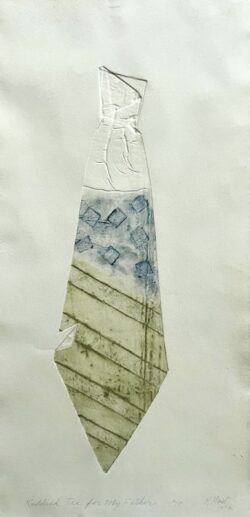
Kadish Tie for My Father
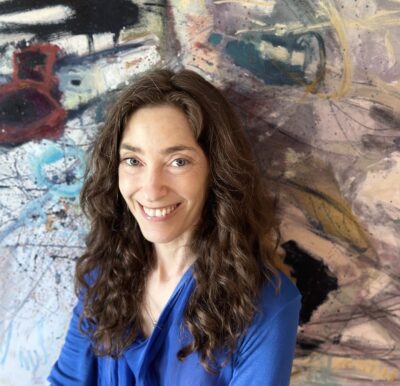
Elyssa Wortzman
I feel like I have been creating my whole life. However, it took going to law school to propel me into serious, professional artmaking. After studying art history at McGill University, law school was a visual wasteland; so, I journeyed each summer to France to study painting.
To read Elyssa’s full bio, please click here.
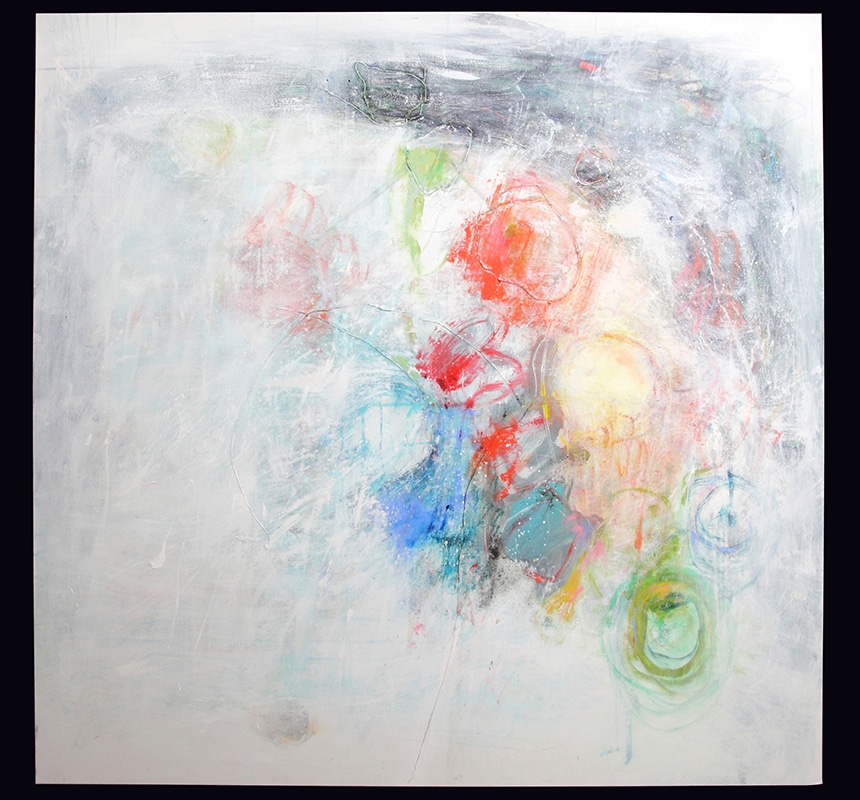
Tzimtzum (Primary Veil) 2024
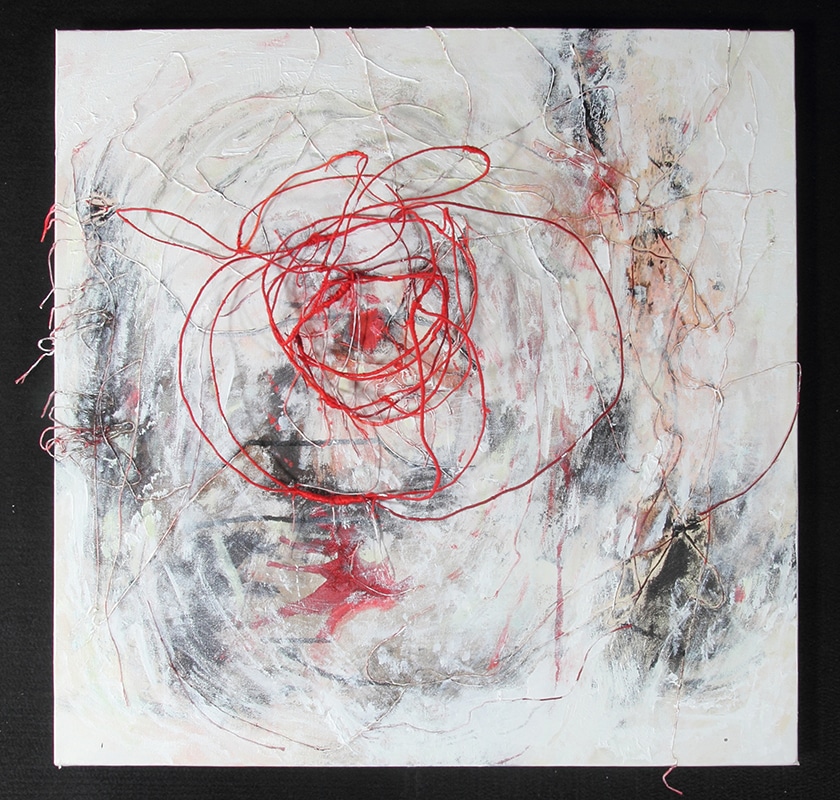
Graves in the Air (white)

Tzimtzum (Time)
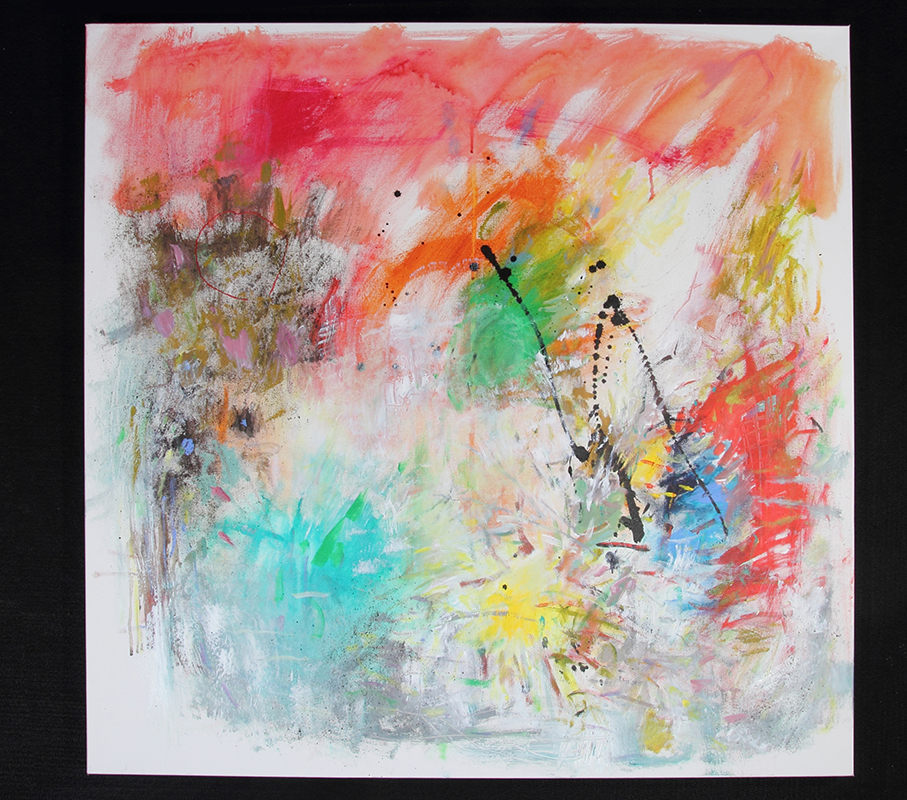
Tzimtzum (Creation)
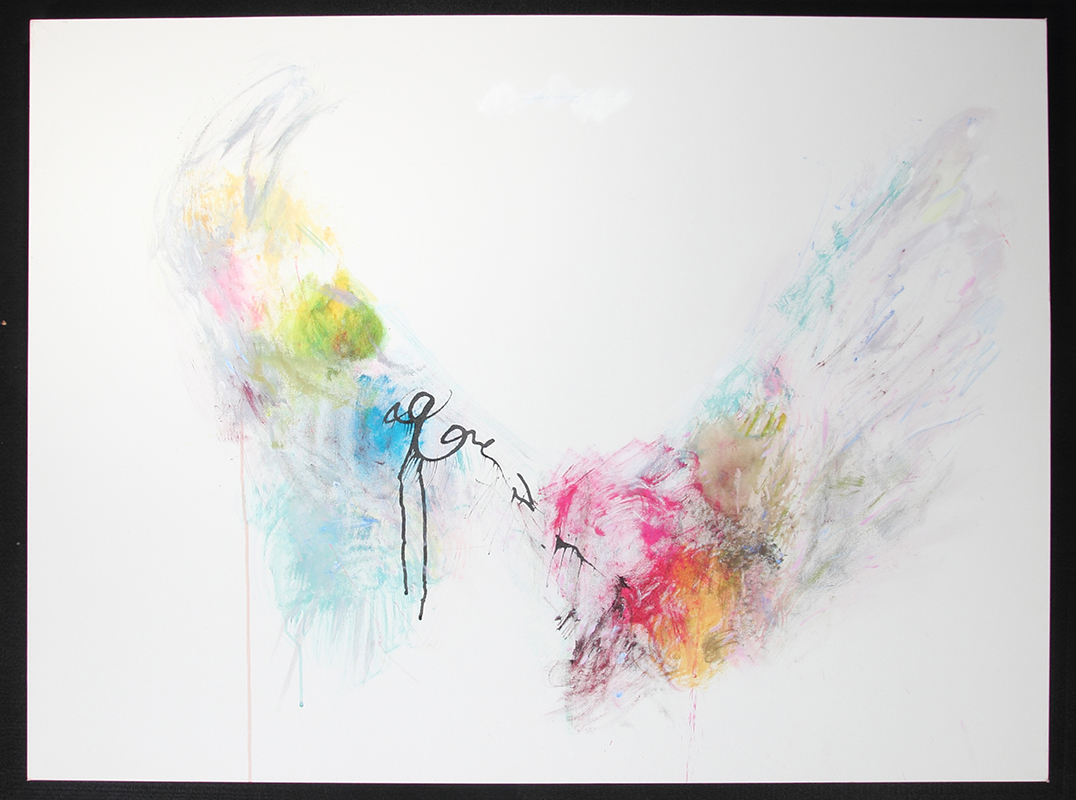
Tzimtzum (Flight)

Tzimtzum (Tower of Babel)
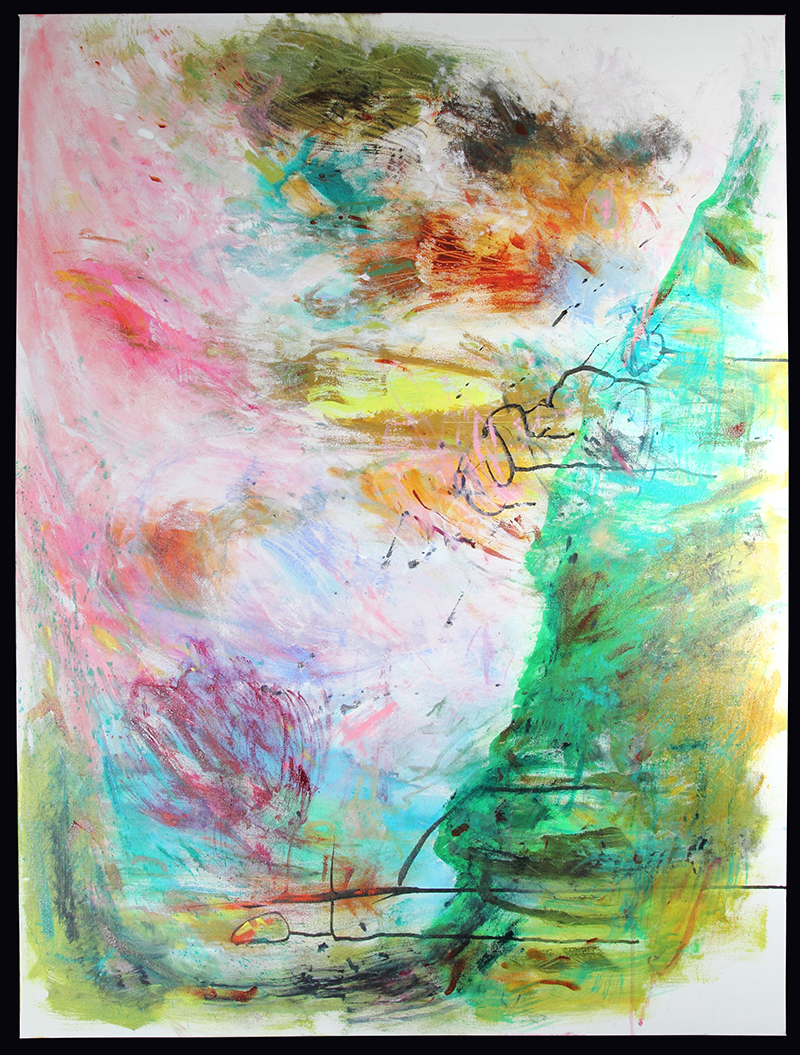
Tzimtzum (Revelation)
Glass
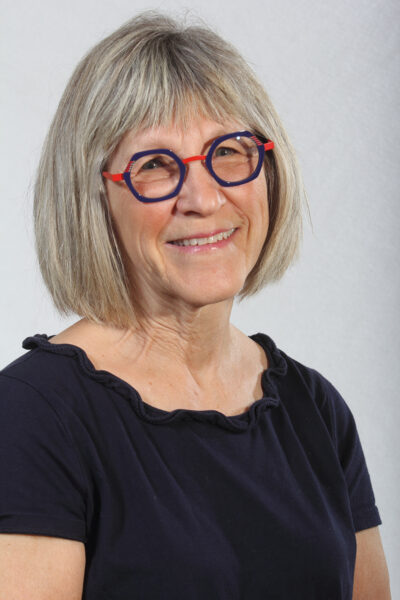
Gayle Moscowitz
We had visited friends in Florida and the woman was wearing a beautiful necklace her husband made her from glass. He showed me his workshop in his garage and I was immediately hooked on wanting to learn the art of fused glass.
To read Gayle’s full bio, please click here.
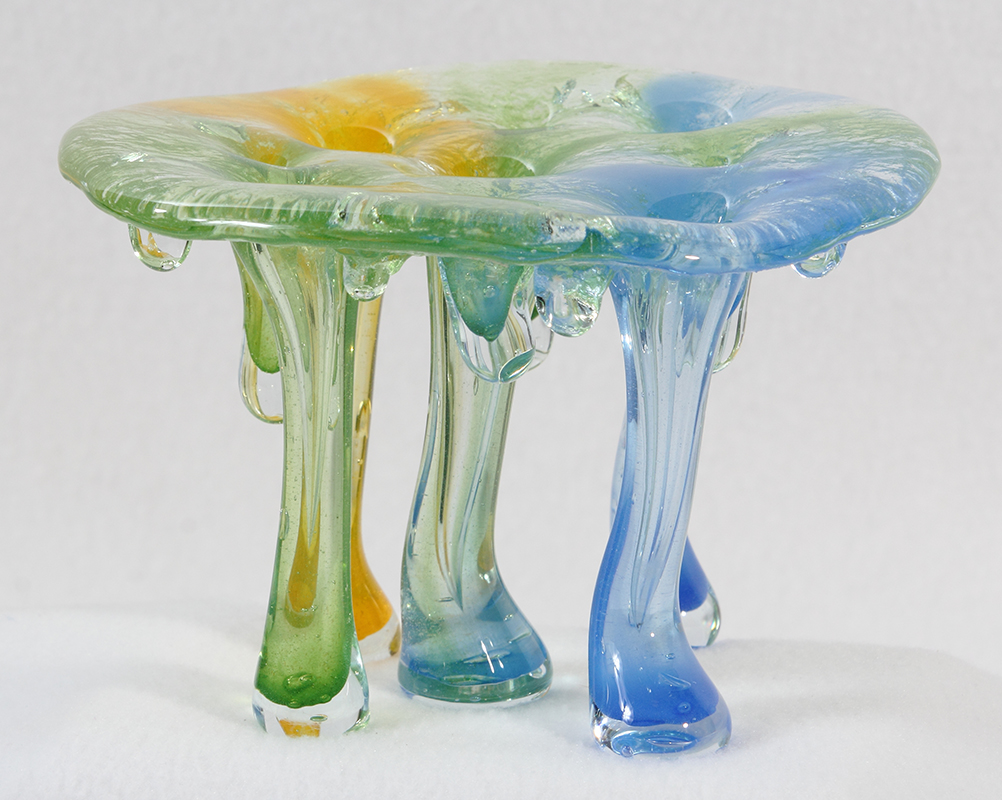
A Spring Day (view #1)
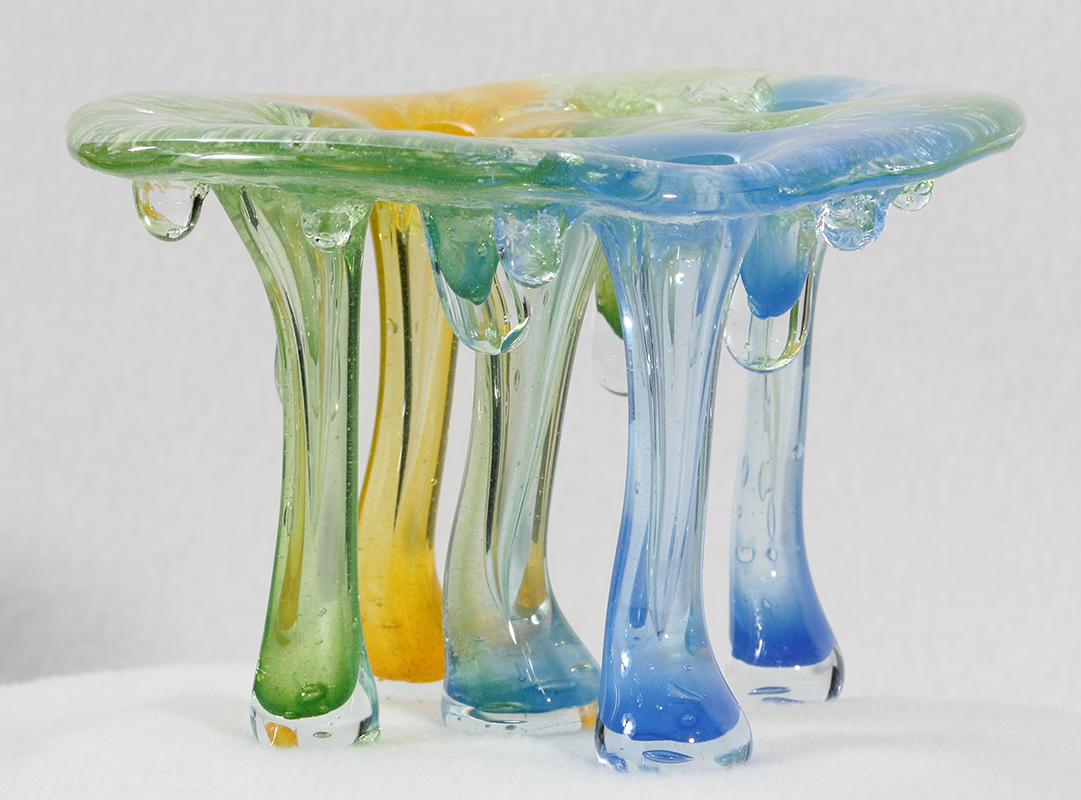
A Spring Day (view #2)
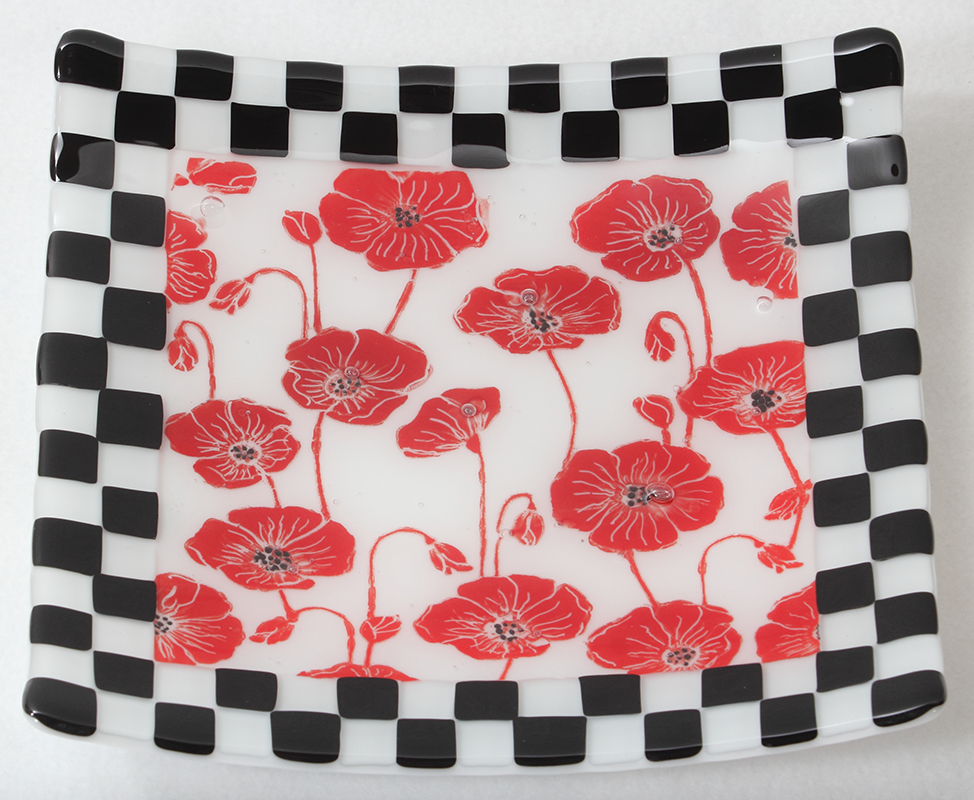
Poppies
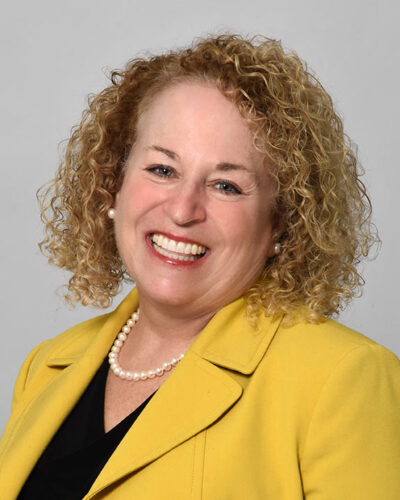
Caryl Segalewitz
Caryl Segalewitz began her love for glass art 30 years ago when she worked in stained glass. Then, in 2012, when she walked into a fused glass studio on Front Street in Dayton, Ohio, her love of glass recaptured her heart.
To read Caryl’s full bio, please click here.

Red Glass Flower
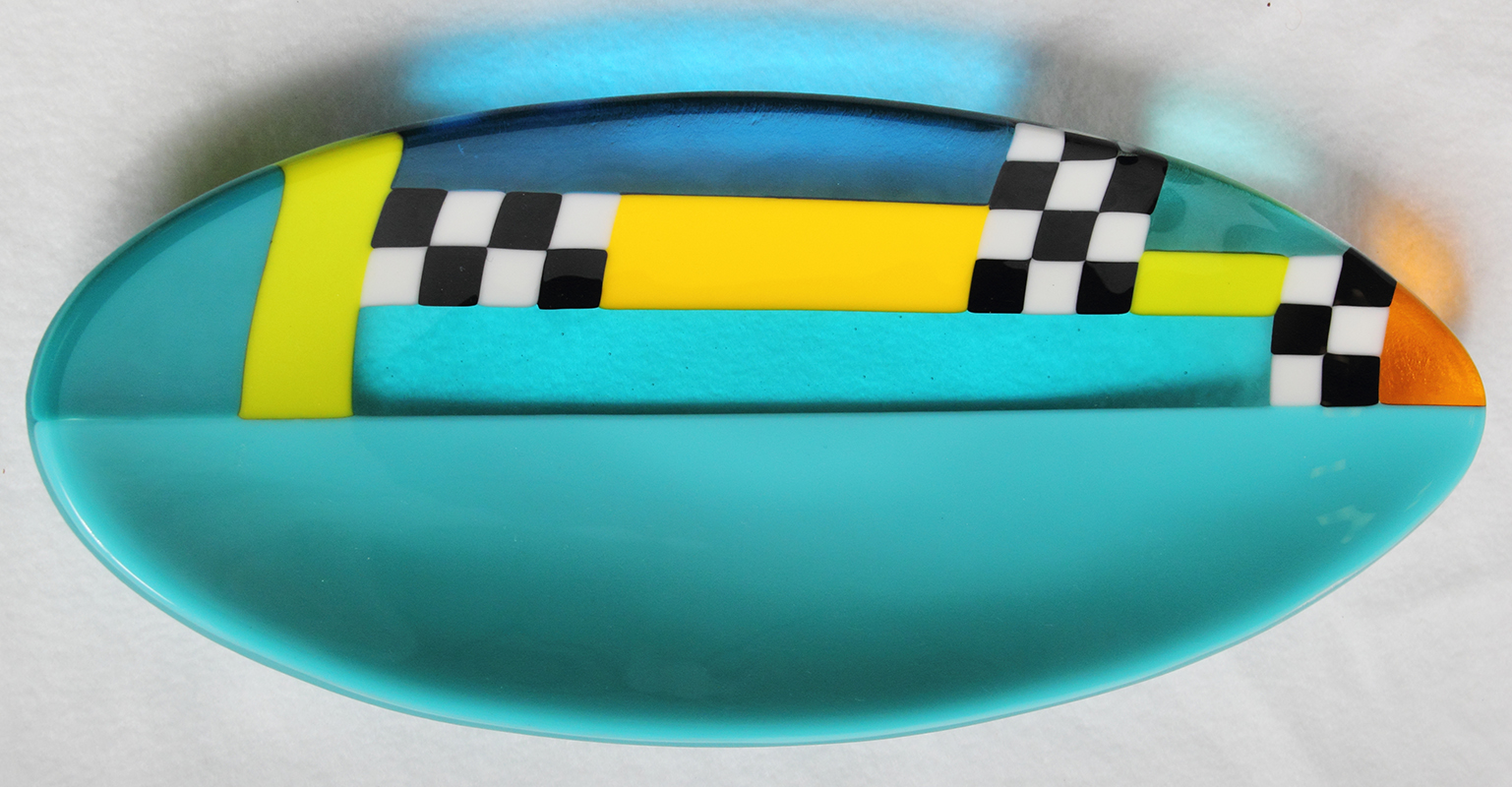
Glass Surfboard Bowl
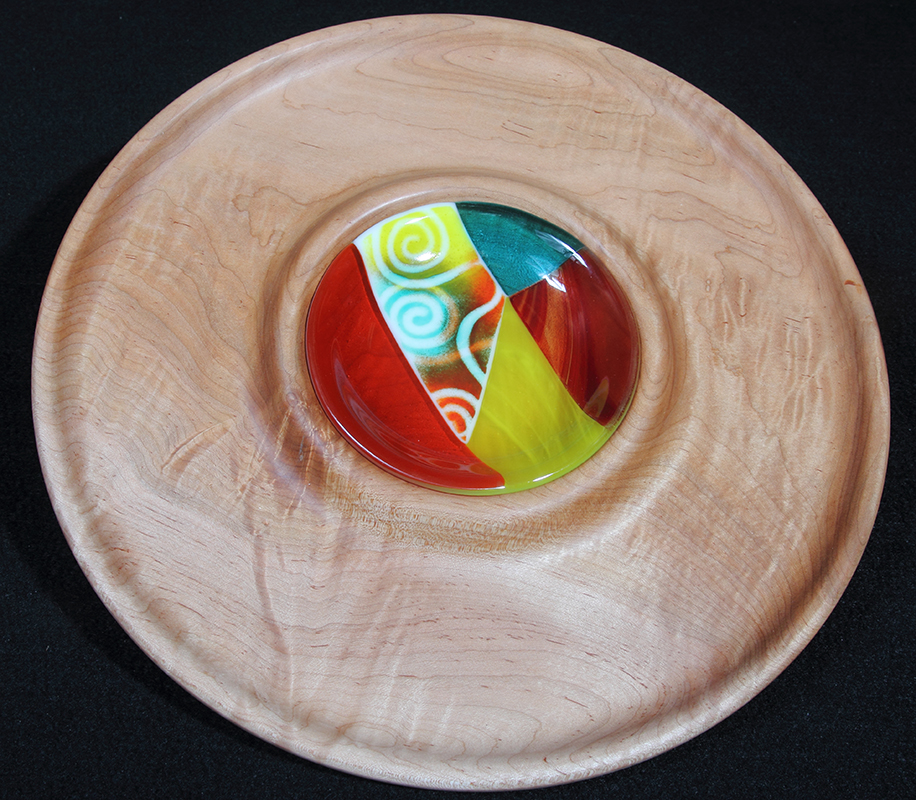
Wood Chip & Dip Set (Caryl & Scott collaboration)
Illumination & Calligraphy
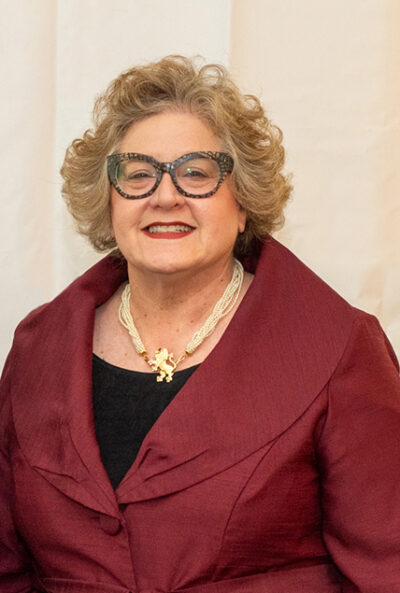
Cathy Gardner
I taught myself calligraphy when I was a young girl (maybe 12 years old). I continued to learn on my own until my first official calligraphy class in New York City after college. My first class was learning how to do Hebrew calligraphy. For those who remember The Jewish Catalogue, published in the early 70’s, my teacher was one of the authors in the Hebrew calligraphy section.
To read Cathy’s full bio, please click here.
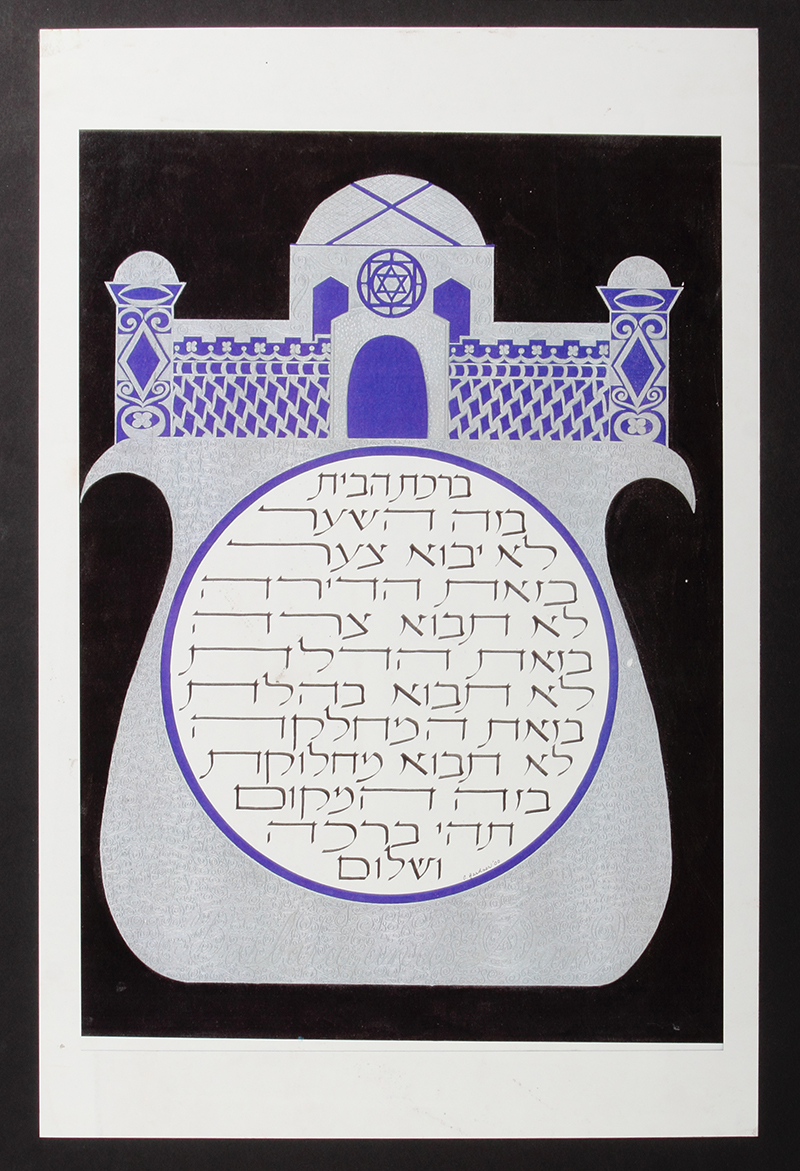
Wedding Ring with Blessing
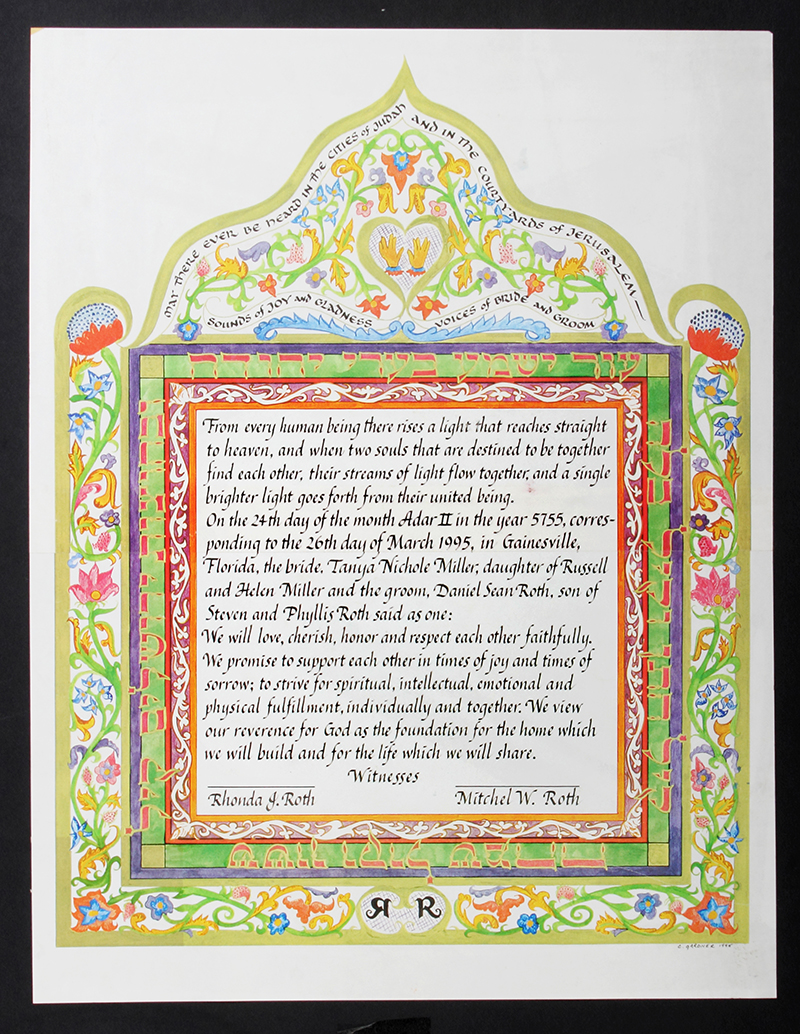
A Non-Traditional Ketubah
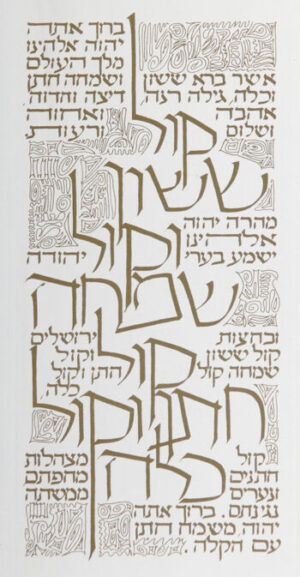
Wedding Blessing
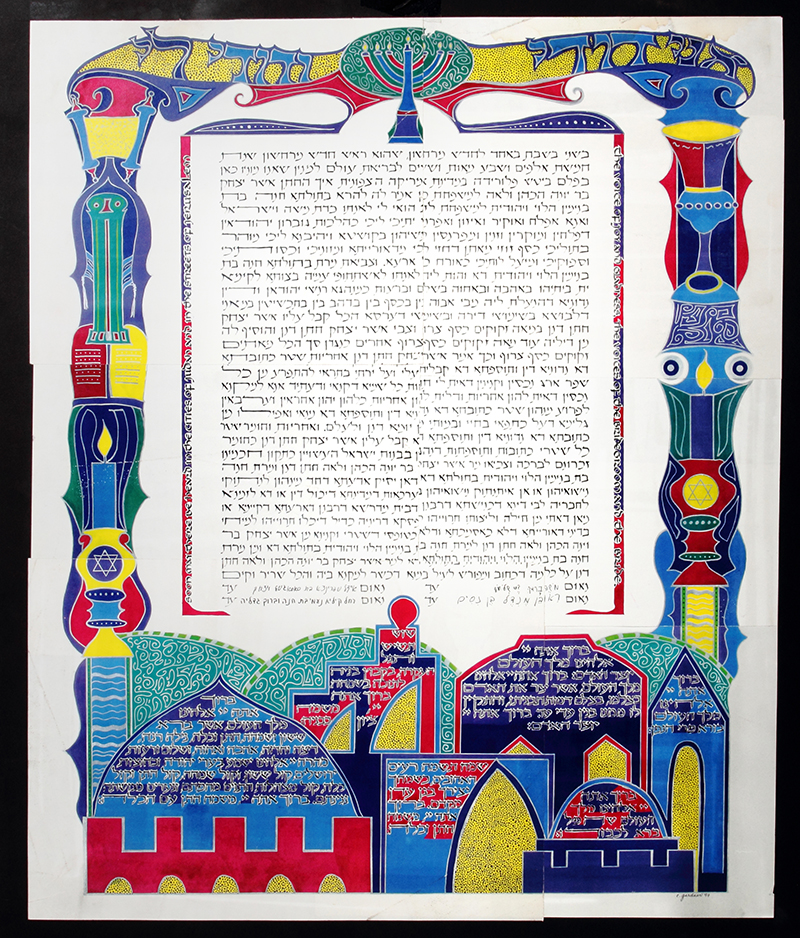
Traditional Ketubah with the Seven Wedding Blessings
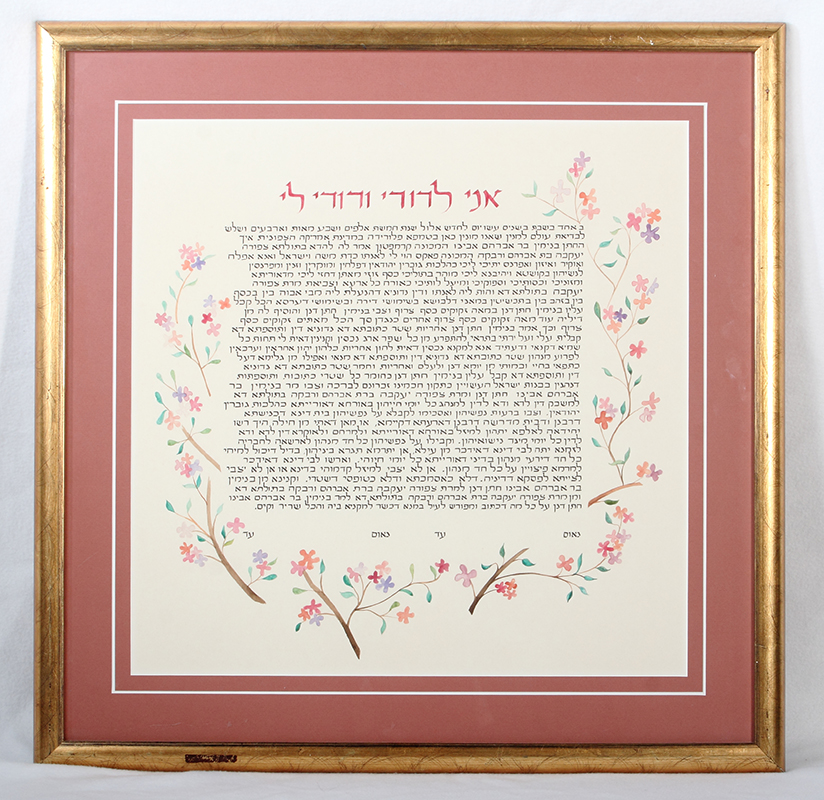
I Am My Beloved and My Beloved Is Mine Ketubah
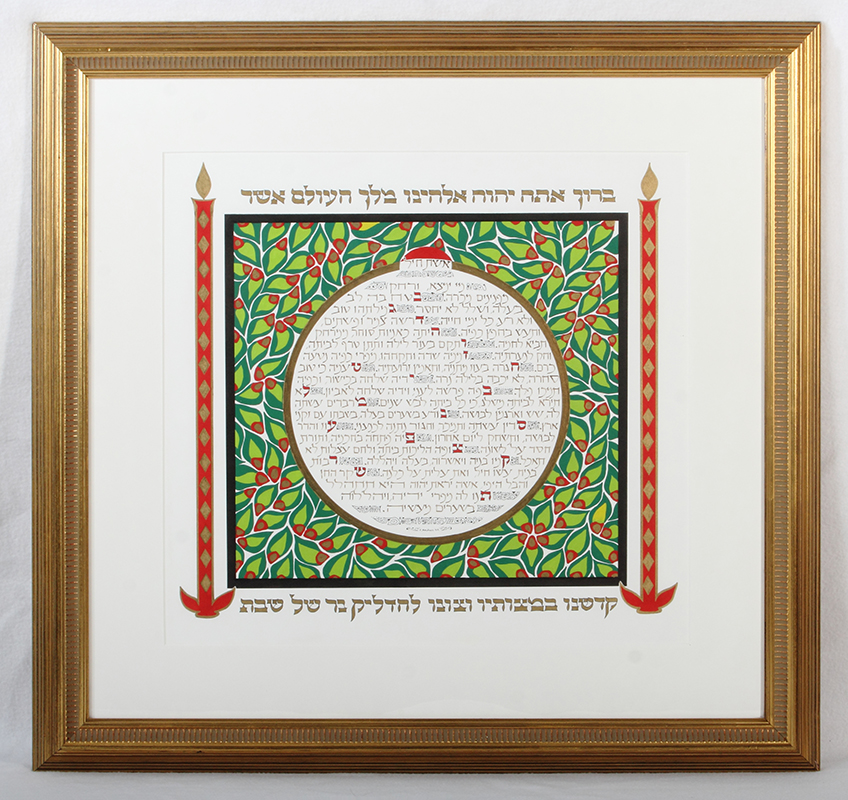
A Woman of Valor with Shabbat Blessing
Photography
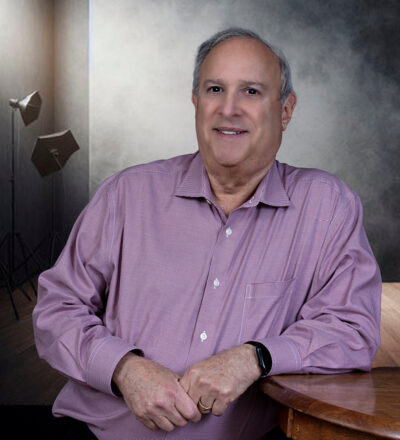
Stephen Goldberg
I found that producing memorable photographs requires creativity and passion and is less about mastering the knobs and buttons on my camera. Over time I have honed my photographic skills by joining photography clubs and learning how to produce photographs that both tell a story, and that have an impact on my audience and stimulate their emotions.
To read Stephen’s full bio, please click here.
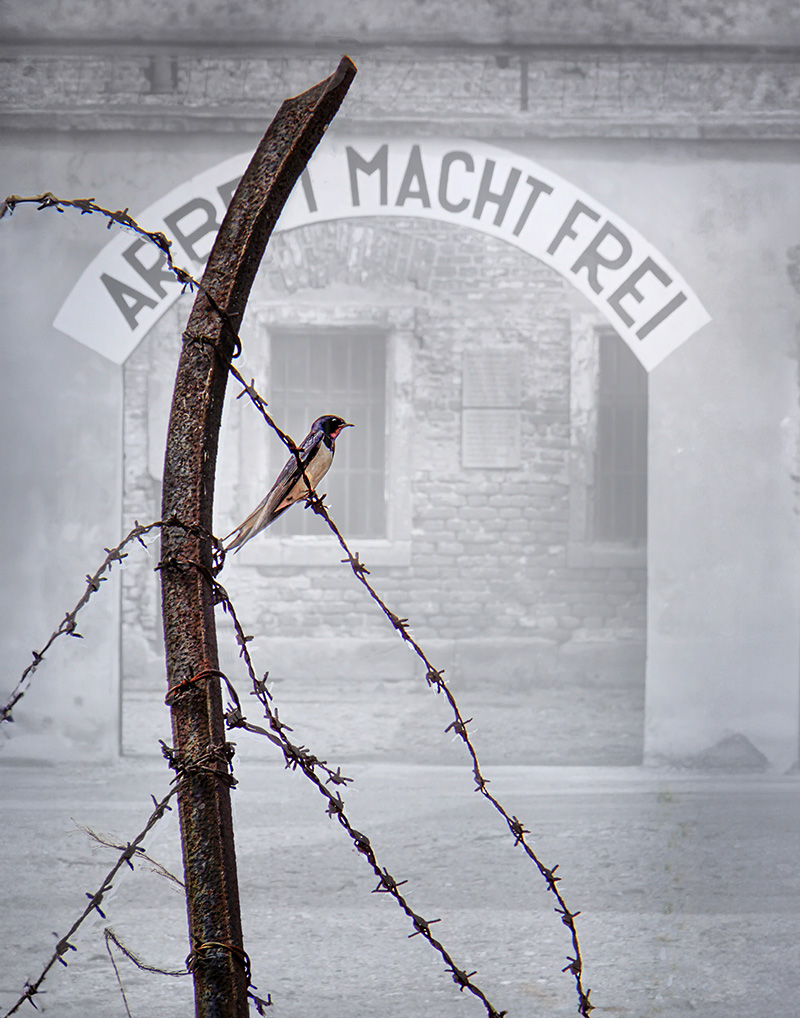
Freedom’s Perch
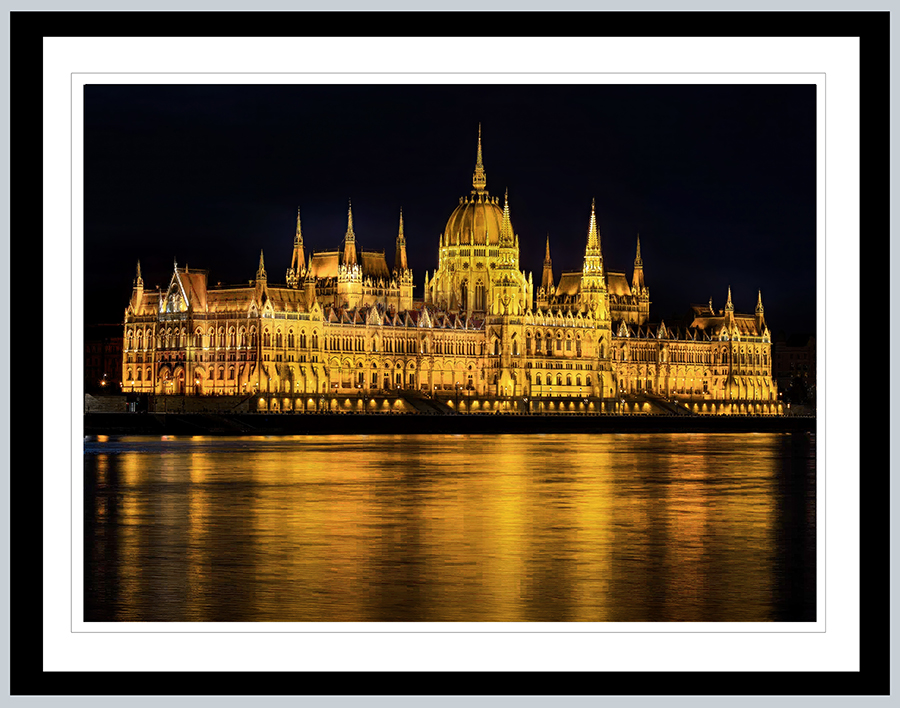
The Hungarian Parliament
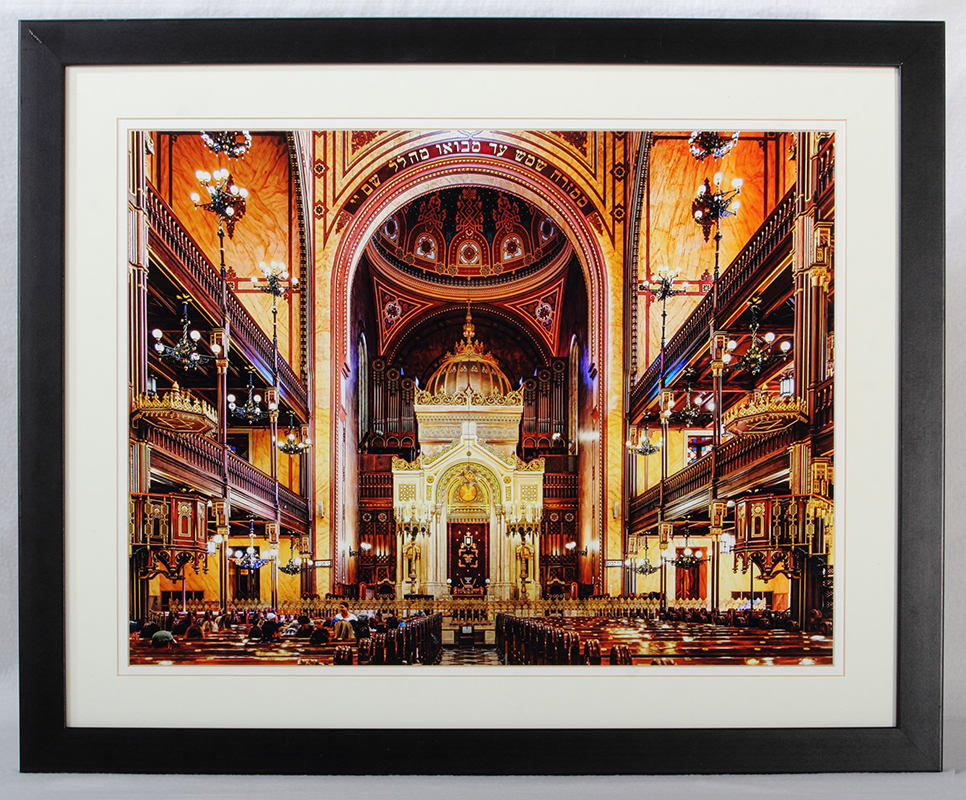
The Doheny Street Synagogue
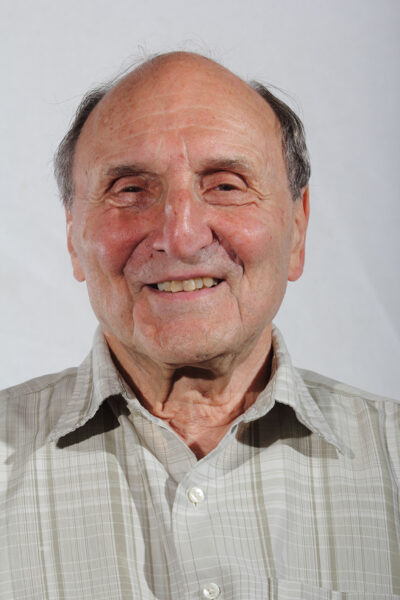
Michael Jaffe
When I was approximately nine years old, I went to Chicago to visit friends of my parents. I was given a simple camera to use on my trip. Everything else came from that experience.
To read Michael’s full bio, please click here.
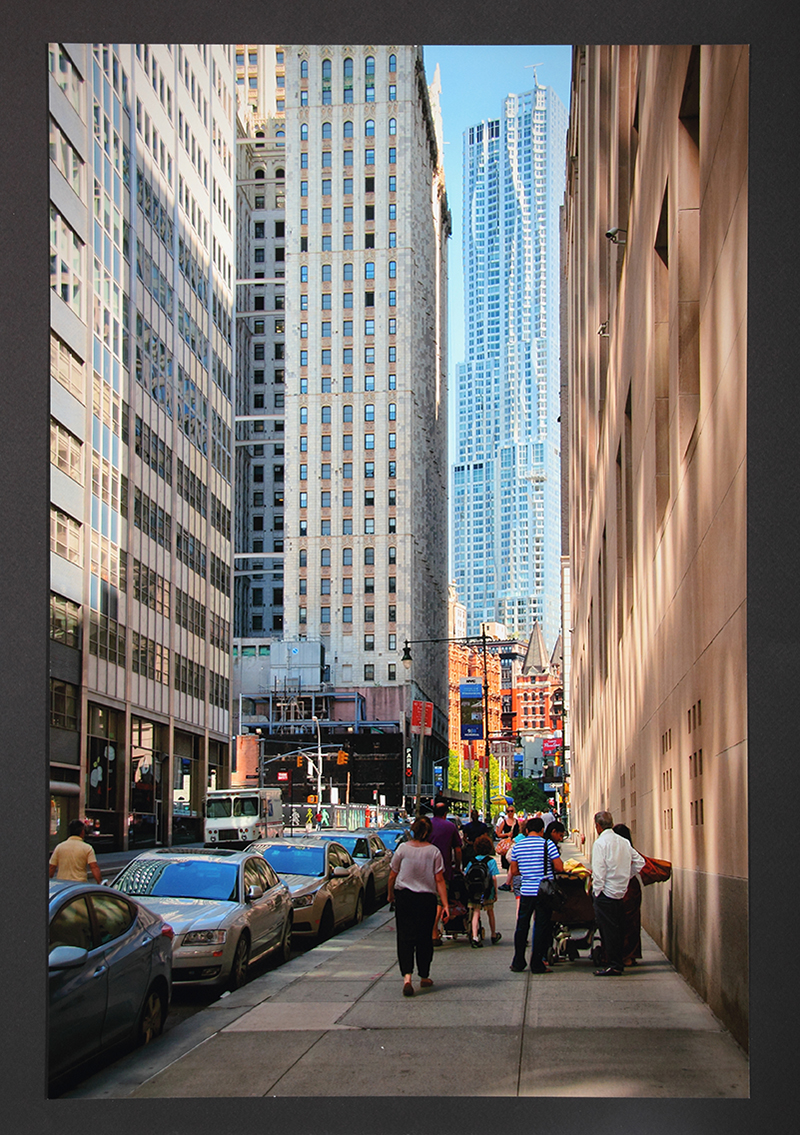
Friends Talking in Urban Jungle

Look into My Eyes – Galapagos Lizard

Riding on the Wind

Sam Lauber (of blessed memory)
Sam’s wife, Ellen, bought Sam his first camera from Sears for $100 as a Chanukah gift. He started taking pictures everywhere he went. Eventually the pictures became more and more beautiful.
To read Sam’s full bio, please click here.
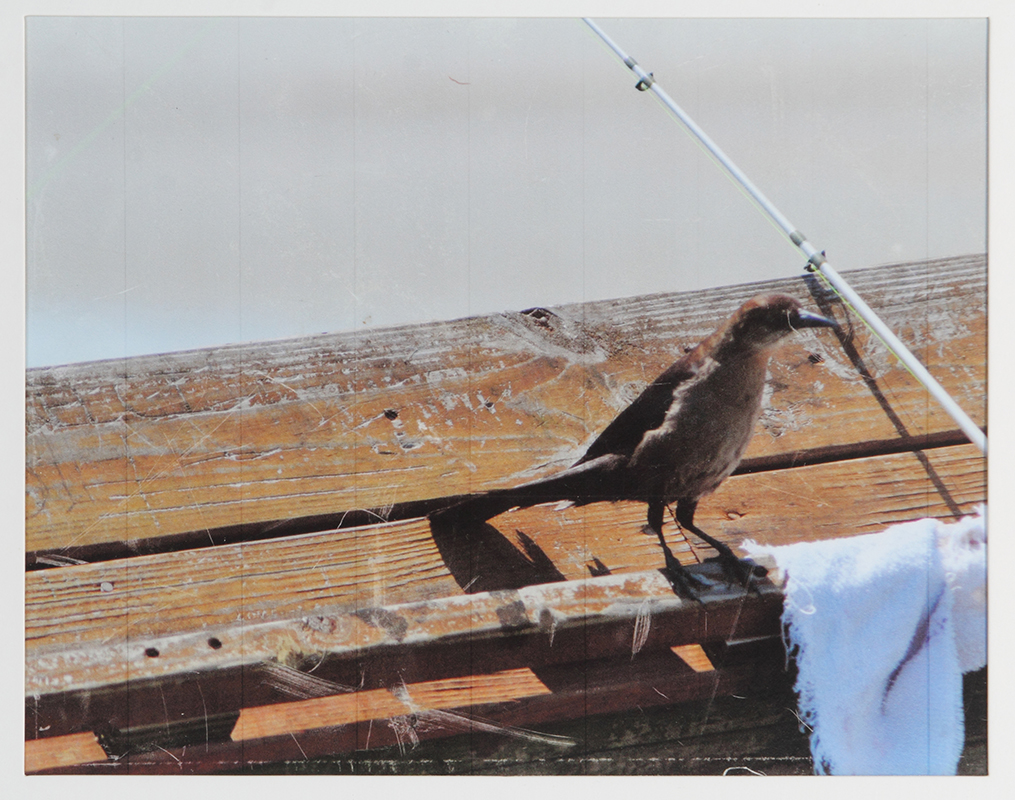
Bird On Railing
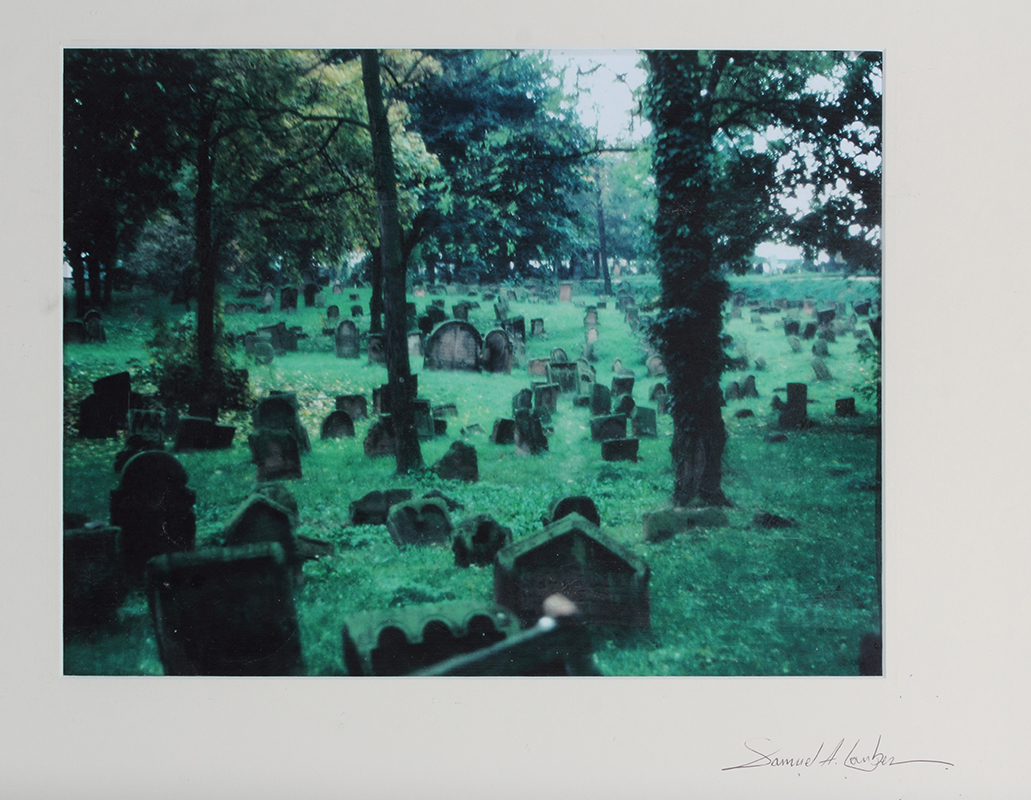
The Oldest Jewish Cemetery in Germany
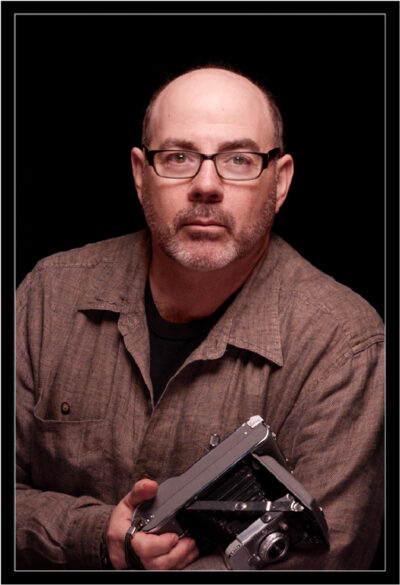
Bruce Soifer
I am an artist and a photographer. I have the eye of a painter, the mind of a camera, and the heart of an elephant.
To read Bruce’s full bio, please click here.
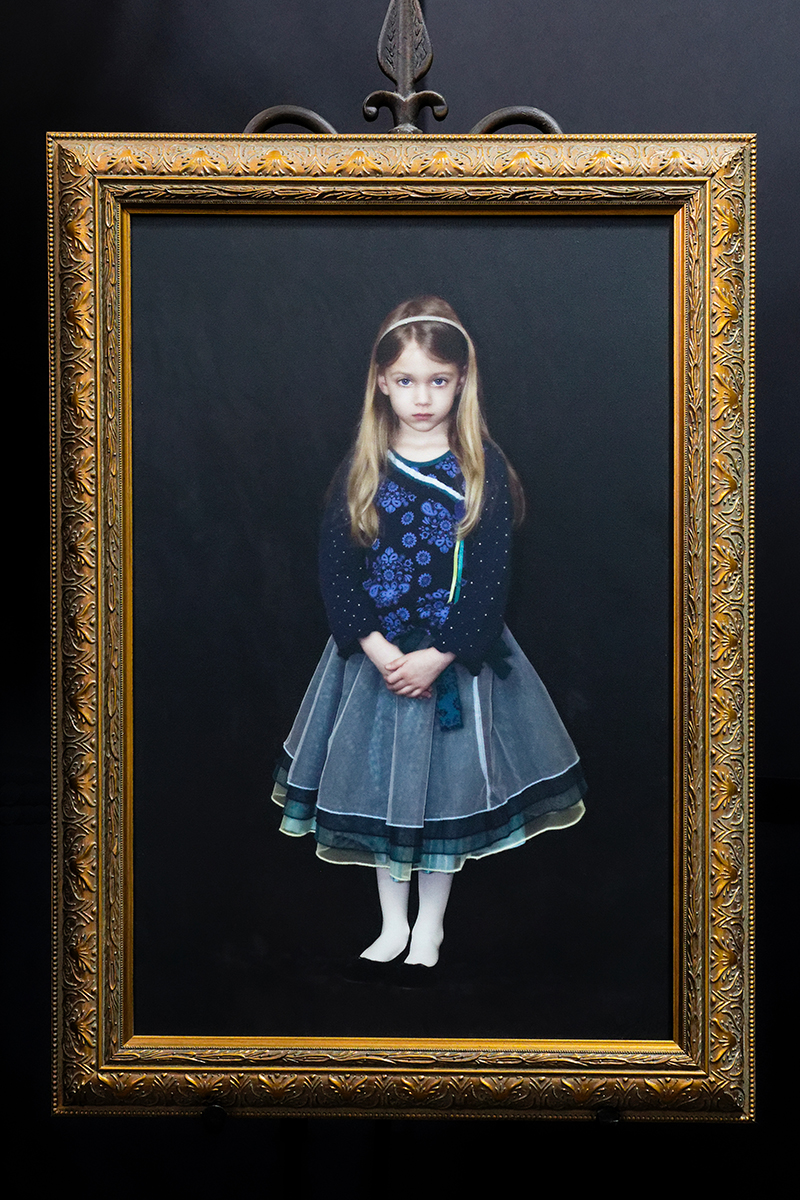
Portrait of Allison
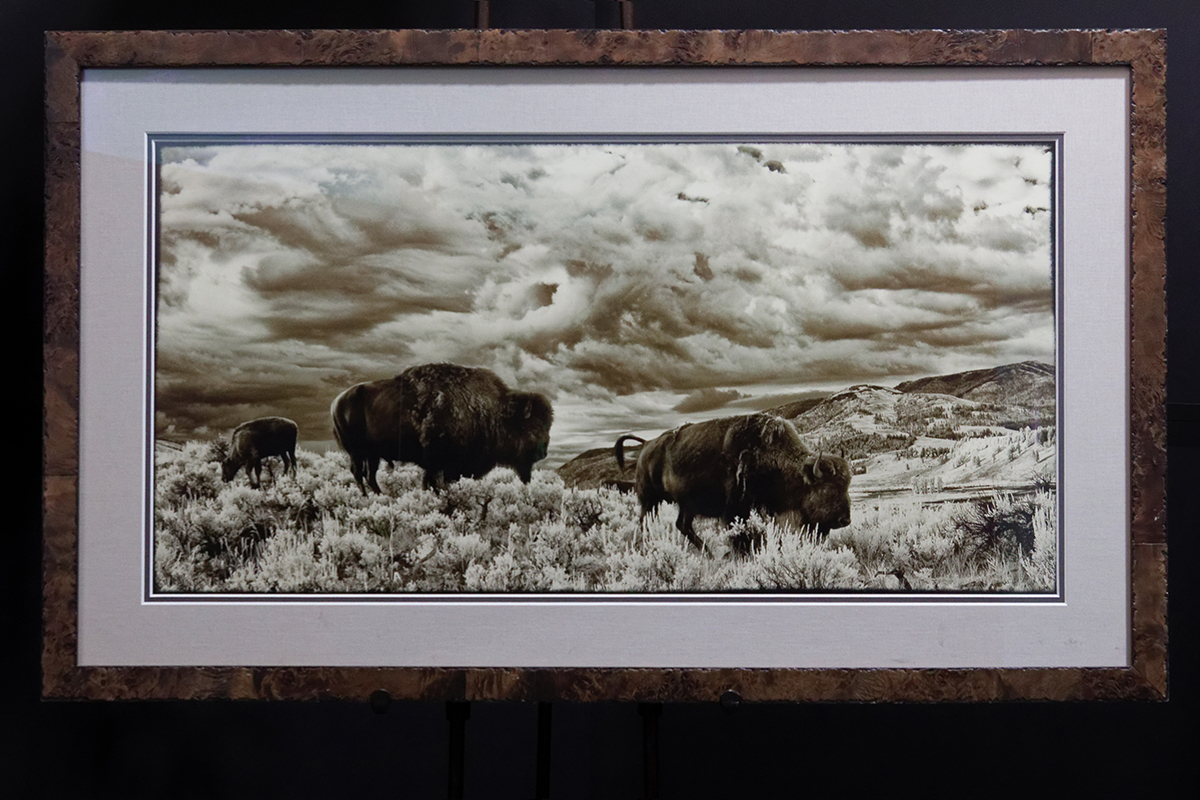
Sunrise Over Lamar Valley
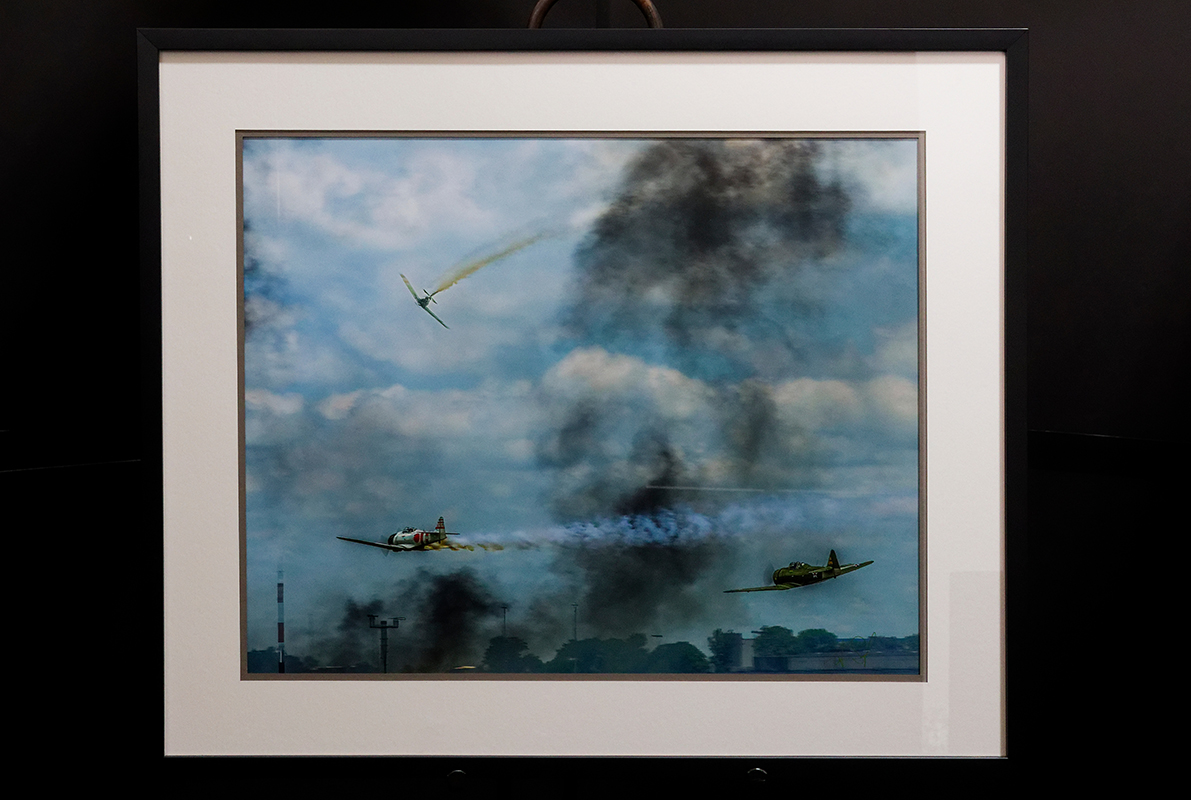
TORA-TORA-TORA
Quilt
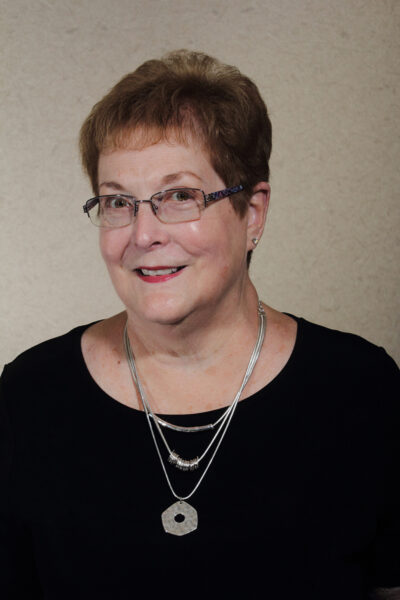
Marlene Pinsky
I started sewing as a child and I made clothes and costumes for my sons when they were young. I didn’t start quilting until 20 years ago when my oldest granddaughter, Dayna, was born. I have always done work with my hands which I believe I inherited from my mother.
To read Marlene’s full bio, please click here.
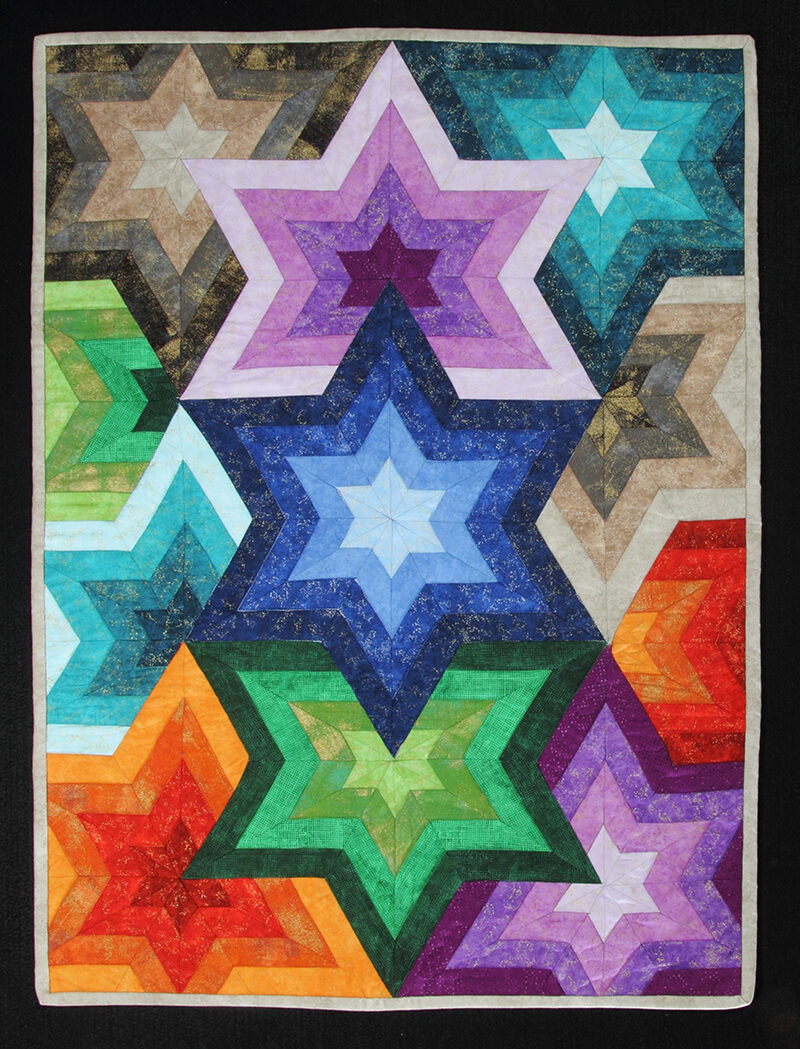
Bein Gavra – Cover for the Torah between Aliyahs
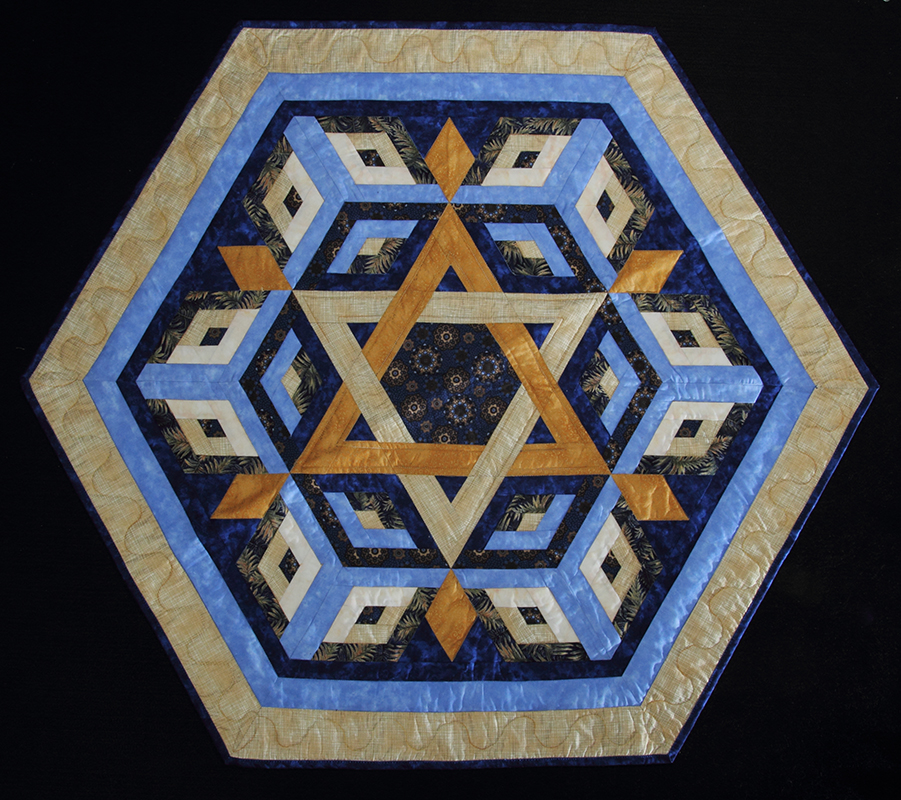
Star of David Wall Hanging
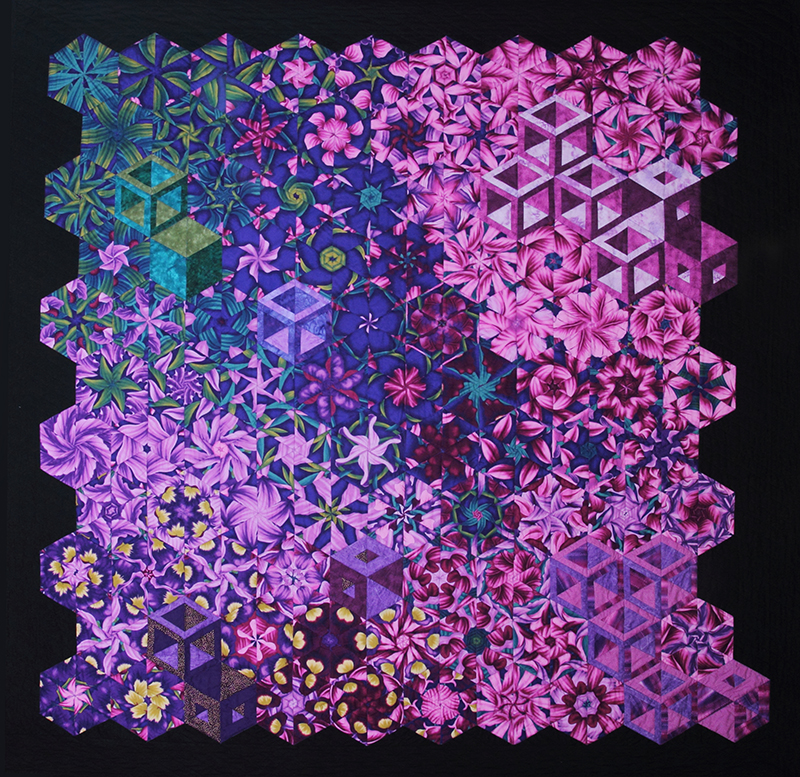
One Block Wonder
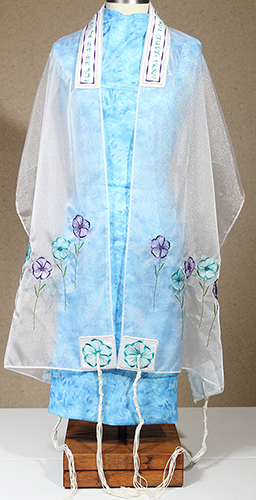
The Tallit
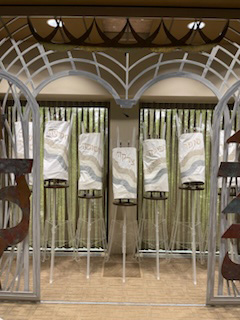
High Holiday Torah Covers
Woodworking
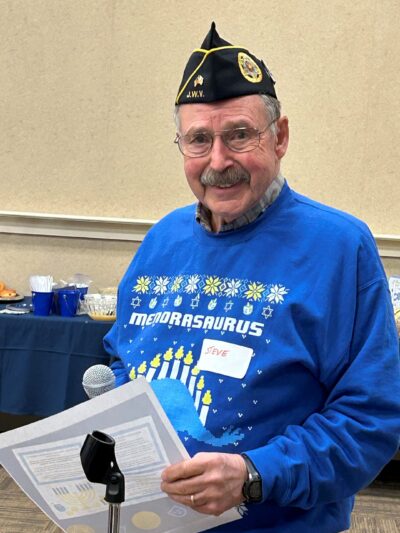
Steve Markman (of blessed memory)
Because Steve had trouble reading, his parents gave him model airplanes and cars to build by reading the directions. Eventually, Steve threw the directions away and began creating his own models.
To read Steve’s full bio, please click here.
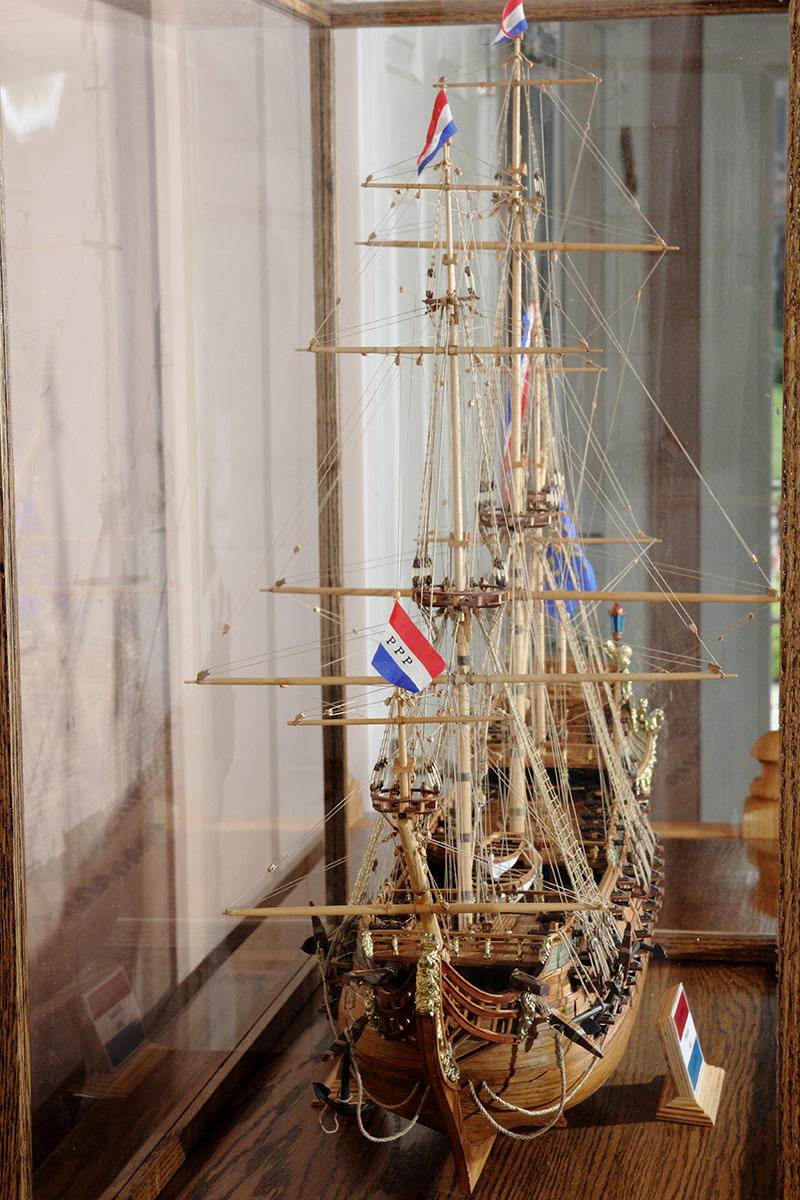
Dutch Warship – Freisland – 1663
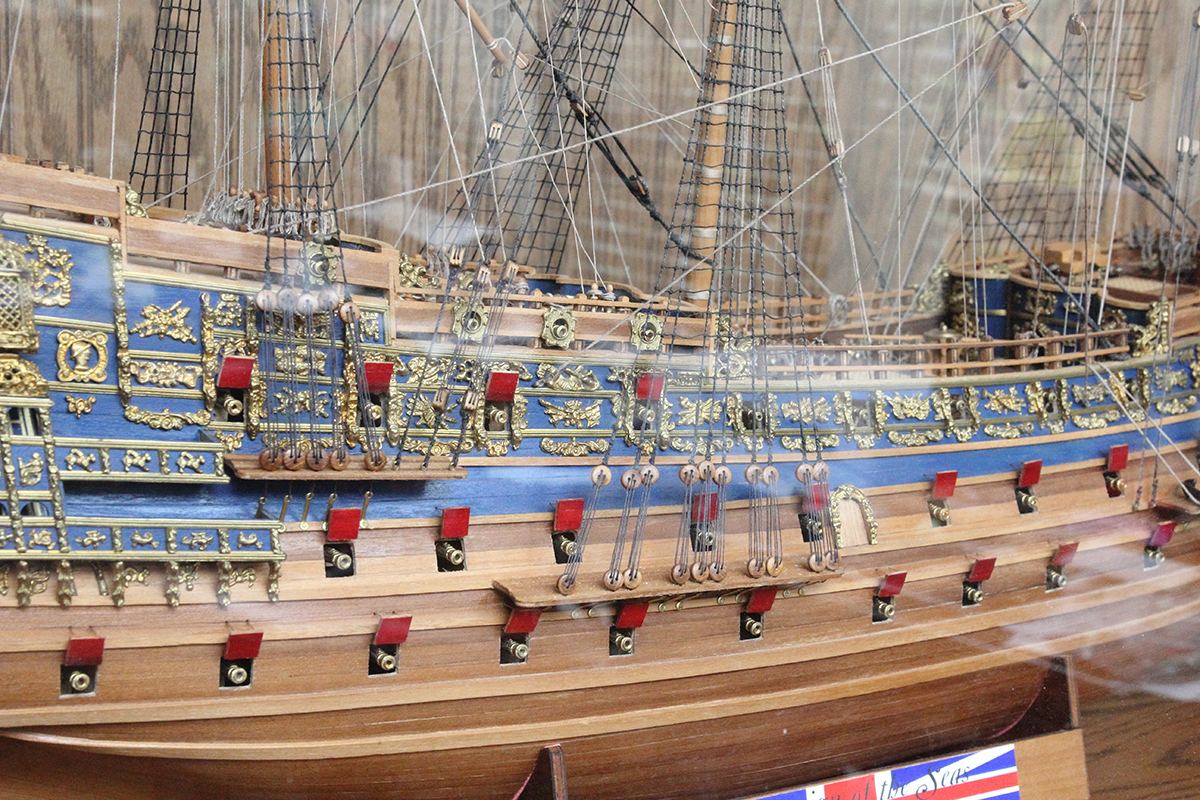
Sovereign of the Seas
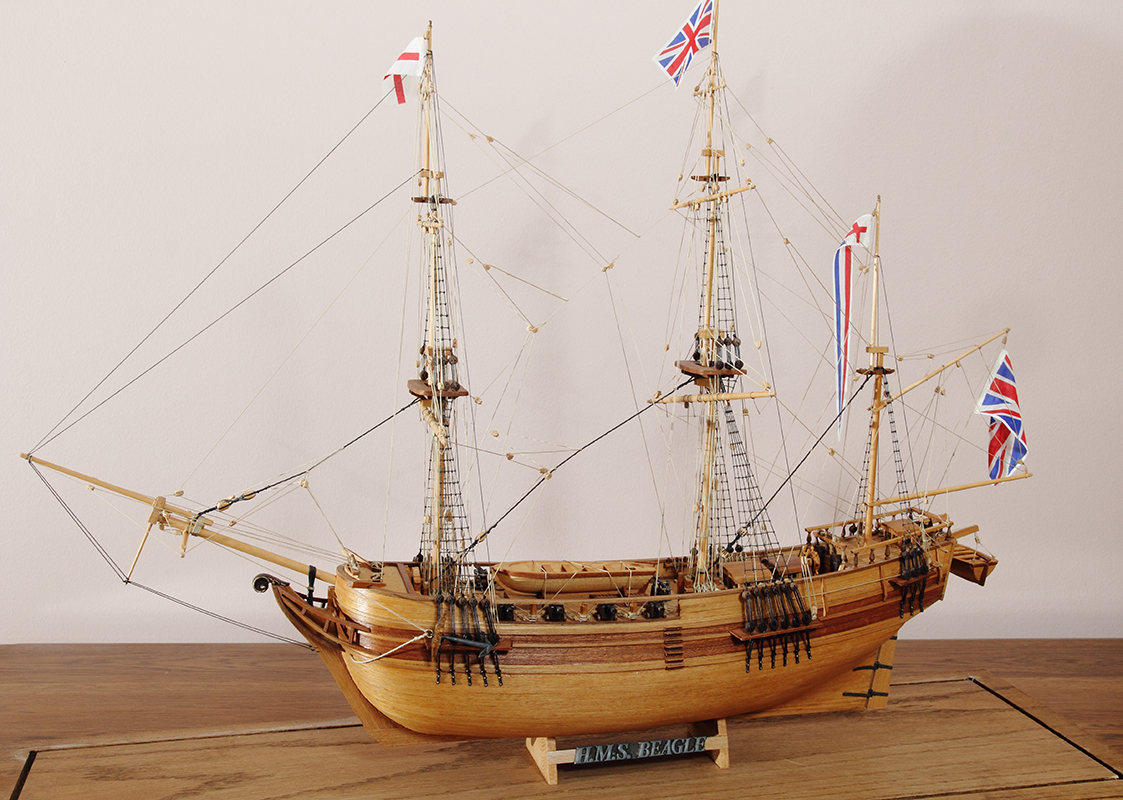
H.M.S Beagle
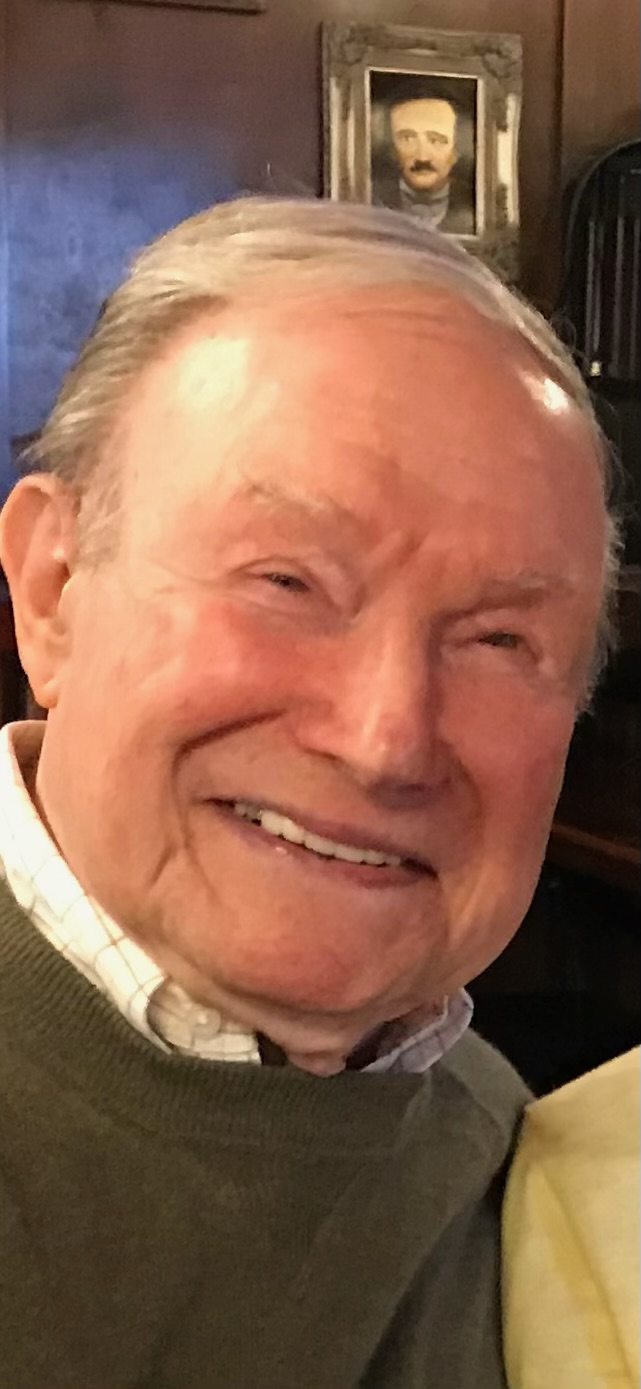
Burt Saidel
By the age of 10, with the loving help of my grandfather, I began to create wooden pieces, mostly from orange crates. These were primarily model airplanes, heroes of the sky. To this day, some of my most treasured tools are those that I used 80 years ago. That’s how my “art” began.
To read Burt’s full bio, please click here.
(Assistants: The G-d Squad, Led by Harold Prigozen)

Torah Holder
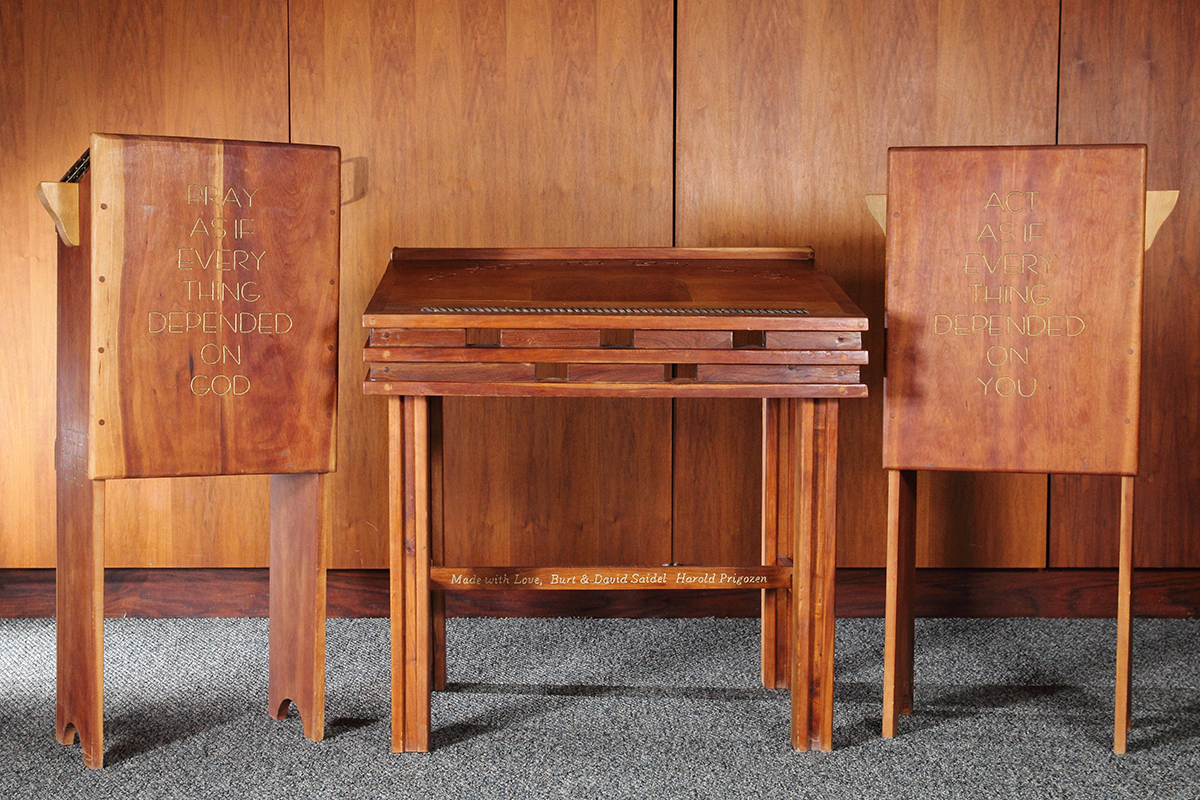
Torah Reading Table (view #1)
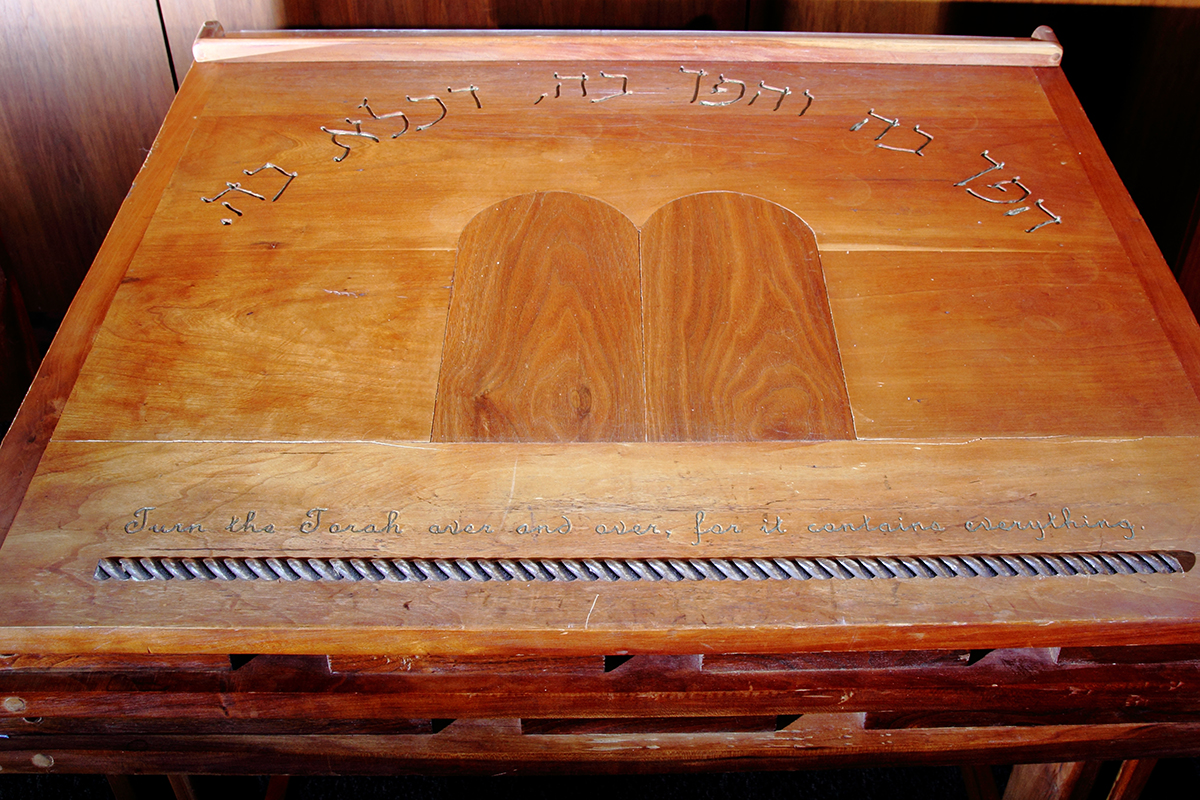
Torah Reading Table (view #2)
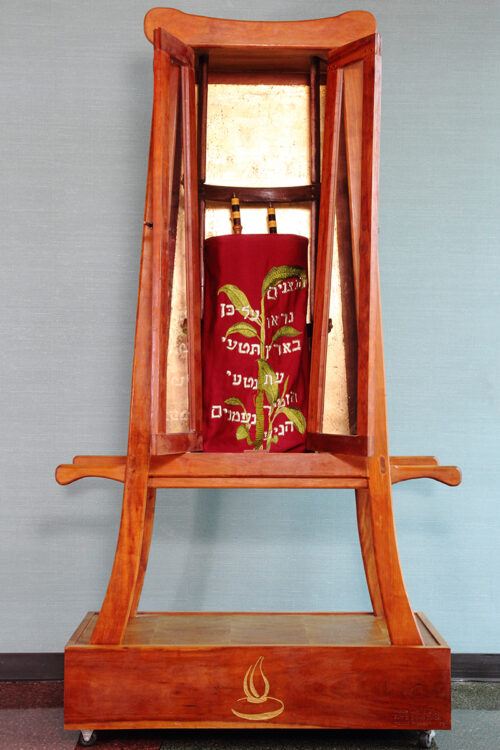
Portable Ark

Scott Segalewitz
My father, a Holocaust survivor, learned some woodworking skills in a displaced persons camp in Hallein, Austria. The skills he learned instilled in his four boys the desire to build and fix things. My love of woodworking grew out of these skills, and my desire to give back is evident in the pieces that can be found at Temple Beth Or.
To read Scott’s full bio, please click here.
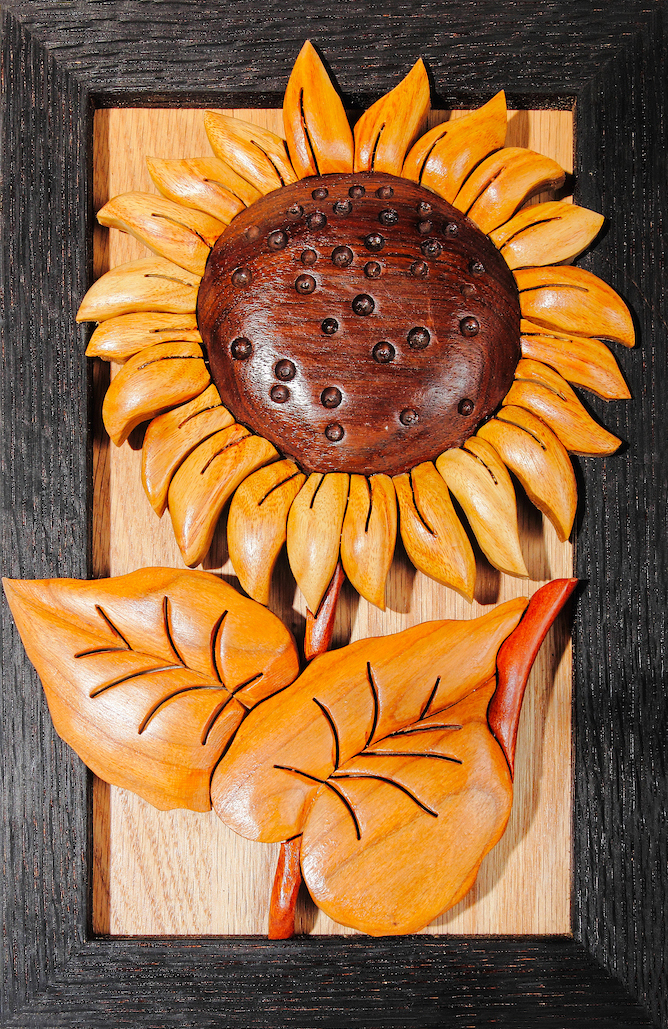
Intarsia Sunflower
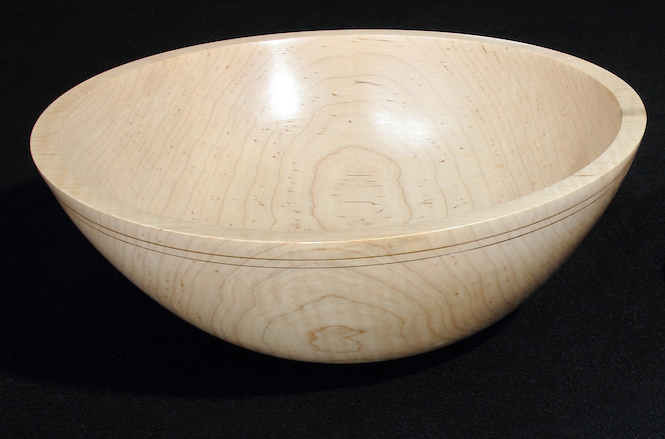
Wood Salad Bowl
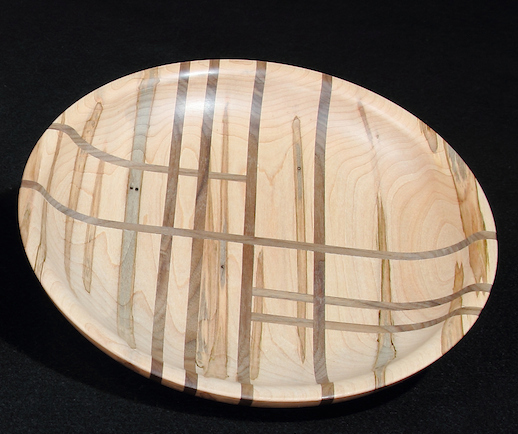
Wood Platter
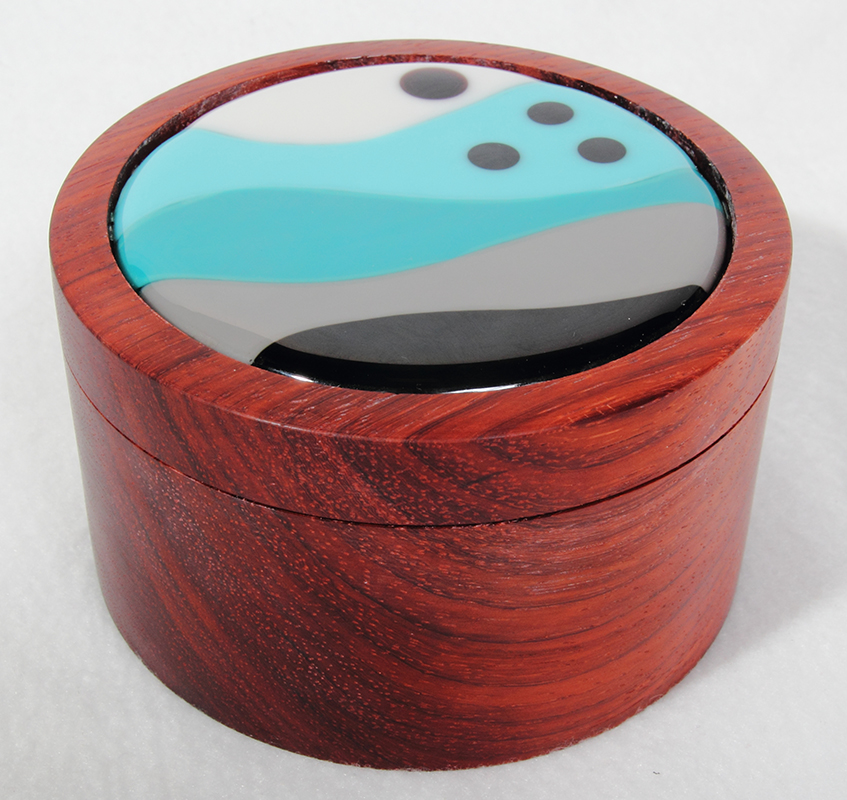
Wood Box with Glass Insert (Caryl & Scott collaboration)
Jewish Artists at the Dayton Art Institute: The Stories That We Tell
Think of your life, what stories come to mind? When you tell a story to your friends and family, what emotion do you feel? Laughter? Fear? Sadness? We all have stories to tell and, often, people choose to tell their stories through art. This article will dive into the lives of three Jewish Artists who are on display at the Dayton Art Institute. These artists span different mediums, time periods, and locations, but they all have the Dayton Art Institute in common. The DAI is a place to tell their stories and showcase their artwork. Together, we will explore a portion of the lives and stories of Sol LeWitt, Roy Lichtenstein, and Alexander Liberman.
Sol LeWitt (1928-2007)
Sol LeWitt was born in Hartford, Connecticut after his family emigrated from Russia. He was drafted into the Korean war in 1951, but that could not stop his love for creating. Upon returning to the United States, LeWitt studied at Syracuse University School of Visual Arts, opened a studio and even became a night receptionist at the Museum of Modern Art in New York. LeWitt is thought to be one of the founders of minimalist art. Minimalism is a trend in art that came about in the 1950s. Sculptures and paintings use extremely simple shapes, colors and designs. He is most known for his “cubed” sculptures like 331/313 (1975), which is on display at the Dayton Art Institute. Many of his early pieces of artwork focused on the goal of exploring shapes and structures in an impersonal way without meaning or emotions attached. While LeWitt held himself to creating artwork without meaning, emotions or influence of his culture and religious beliefs, those self-imposed rules began to loosen in the 1980s and 1990s. LeWitt was commissioned to create prints including the Jewish Star of David titled Shul Print (Six-Pointed Star) (2005) and a print titled Black Form (Dedicated to the Missing Jews) (1987). As one of his last projects, LeWitt collaborated with another architect to build a synagogue in Connecticut. It is an homage to the lost wooden synagogues of Poland destroyed in World War II. It included exposed timbers with triangles to make a huge six-pointed star on the ceiling. Sol LeWitt is a great example of how we can share what is important to us with the world through the simplest forms.
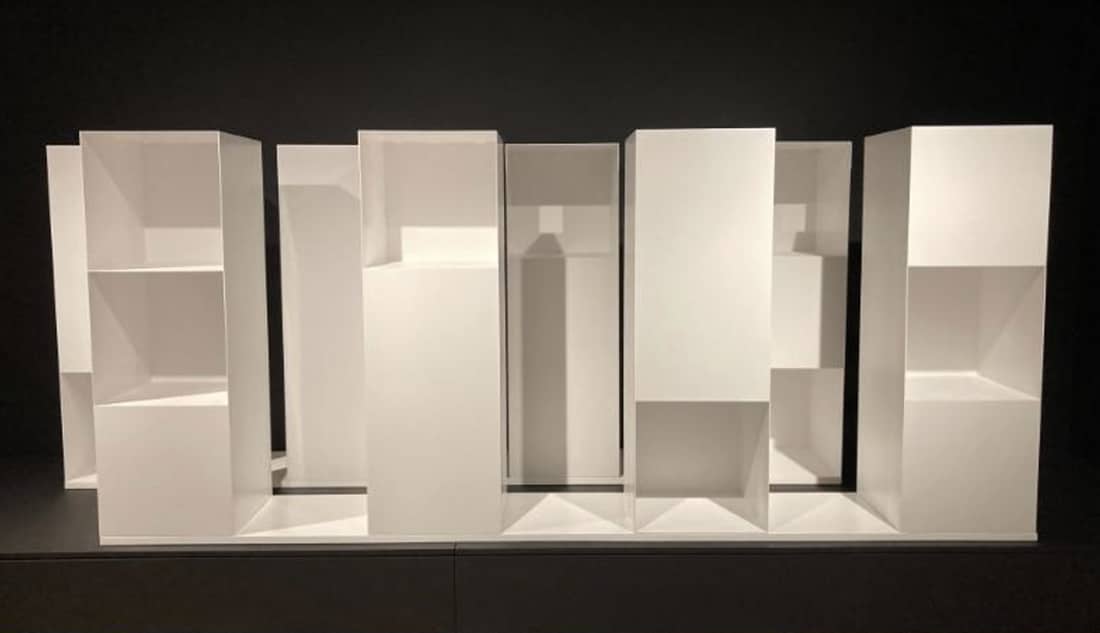
331/313 (1975) Sol LeWitt (American, 1928-2007)
Roy Lichtenstein (1923-1997)
Roy Lichtenstein loved art from a young age. Born in New York City, he took art classes at the Parsons School of Design from the age of 14. His love of art led him to attend the Ohio State University to pursue his degree in Fine Arts. While in Columbus, Ohio, Lichtenstein was drafted into the Army in 1943 and served in Europe until 1946. Throughout his time in World War II, he sketched and studied while experiencing combat. He returned to Columbus to finish his bachelor’s degree in fine arts, become an Art Instructor and pursued his master’s degree in fine arts. Lichtenstein is one of the most innovative and influential Pop Artists along with Andy Warhol and Jasper Johns. His artwork was inspired by comic strips to express his thoughts in comedic fashion. He often chose to use Pop Art to question the boundaries between “high art” and “low” forms of art. Like one of his sculptures on display at the DAI, Brushstrokes in Flight (Homage to Painting) (1983) showcases how painting is important to him. He often chose to portray an “emotionally strong [subject]– usually love war or something that was highly-charged and emotional” (Lichtenstein, 1967) through a comic book style that feels rebellious and contrasting. In his later years, Lichenstein used his style to express his beliefs as a protest of intense subjects. Through Roy Lichtenstein’s Pop Art style, we can see that art is a way to share stories and sometimes unassuming mediums like comic book art can be a road to discuss heavy topics.
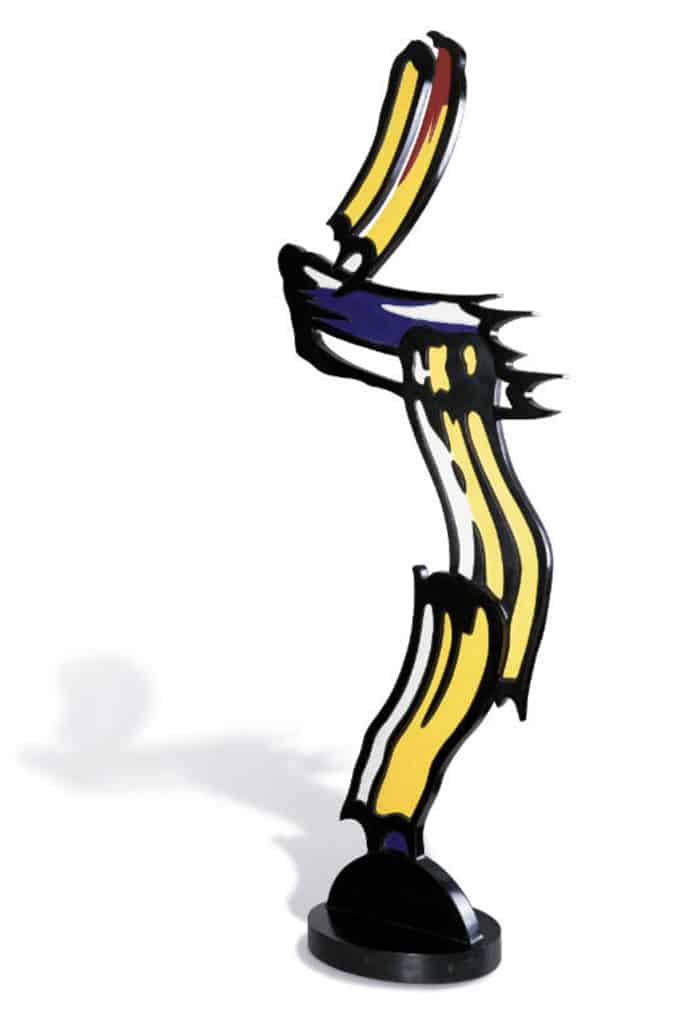
Brushstrokes in Flight (Homage to Painting) (1983) Roy Lichtenstein (American, 1923-1997)
Alexander Liberman (1912-1999)
Another artist featured in the Dayton Art Institute’s Sculpture Garden is Alexander Liberman. Liberman was born in Kyiv in 1912. His family narrowly avoided a Nazi attack by fleeing to an unoccupied zone in France. They made their way through Spain and eventually to New York in 1941. From there, Liberman became a well-known art director at the magazine Vogue. He was also very well-known for being a particularly harsh critic and a tough boss to work under during that time. While he was a difficult person to work for, he was often described as a loving family man outside of his professional life. In the late 1950s, Liberman began to weld steel and started making sculptures on a larger scale. These massive sculptures used basic shapes and colors but have vivid titles which communicate a message to the audience. Many of these sculptures have impactful titles that represent Liberman’s ideologies. For example, Firmament (1969-1970) is a grouping of red steel tubes. The word “firmament” means the heavens or the sky, especially when viewed as a tangible thing. In addition, Liberman has titled sculptures as Stargazer, Gate of Hope, Faith and Ritual II. All of these sculptures, while simple shapes, hold deep meaning for Liberman. Liberman was an intense professional, loved by his family who created huge works of art capturing his truest form and truest beliefs. Art can be a road to tell the world the story of who we are and what we believe in.
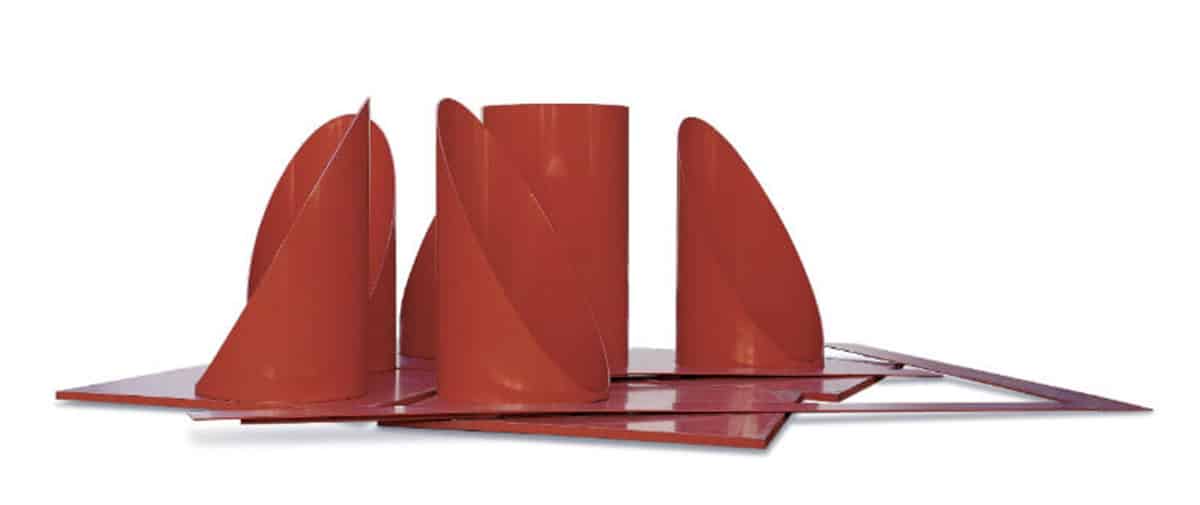
Firmament (1969-1970) Alexander Liberman (American, born Russian, 1912-1999)
Final Thoughts
Telling stories is a natural human reaction to experiences throughout our life. Art, as seen by these three talented Jewish artists, can be an easy way to share stories about ourselves. Whether we are using simple shapes to comment on complicated topics, sharing our thoughts about heavy topics through comic strips or telling the world who we truly are, art is a great way to learn the stories of others. Thank you for taking the time to learn the stories of Sol LeWitt, Roy Lichtenstein and Alexander Liberman. Visit the Dayton Art Institute for these artists’ stories, and more like Helen Frankenthaler, Robert Brackman, Ad Reinhardt, and Camille Pissarro.
